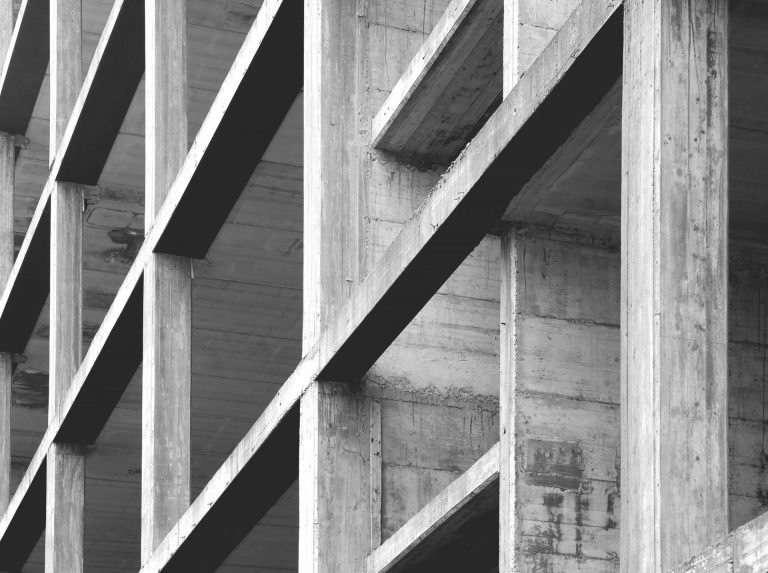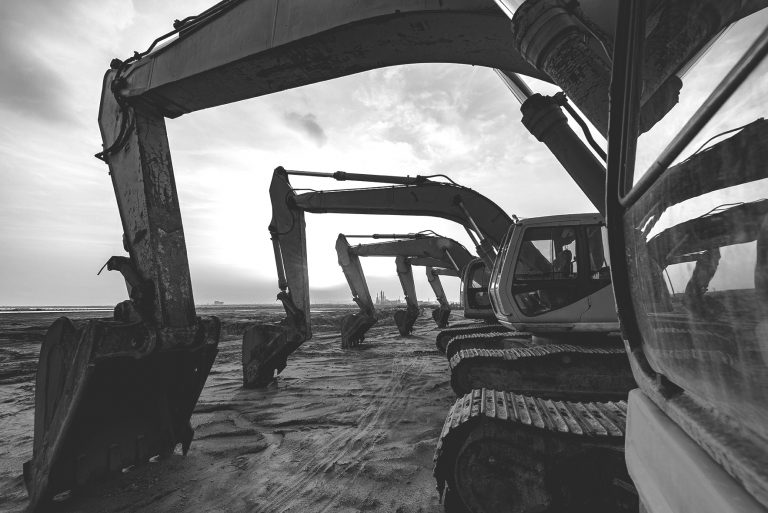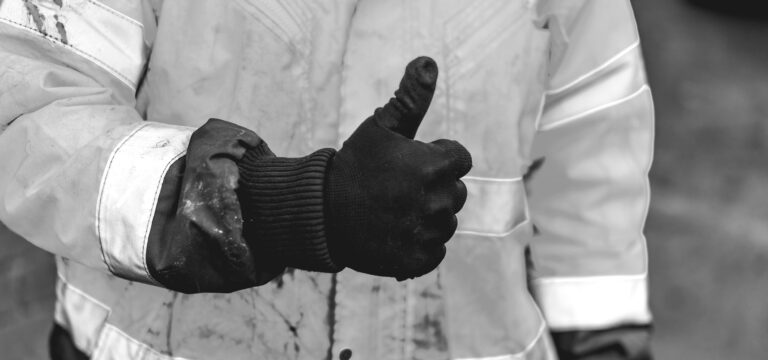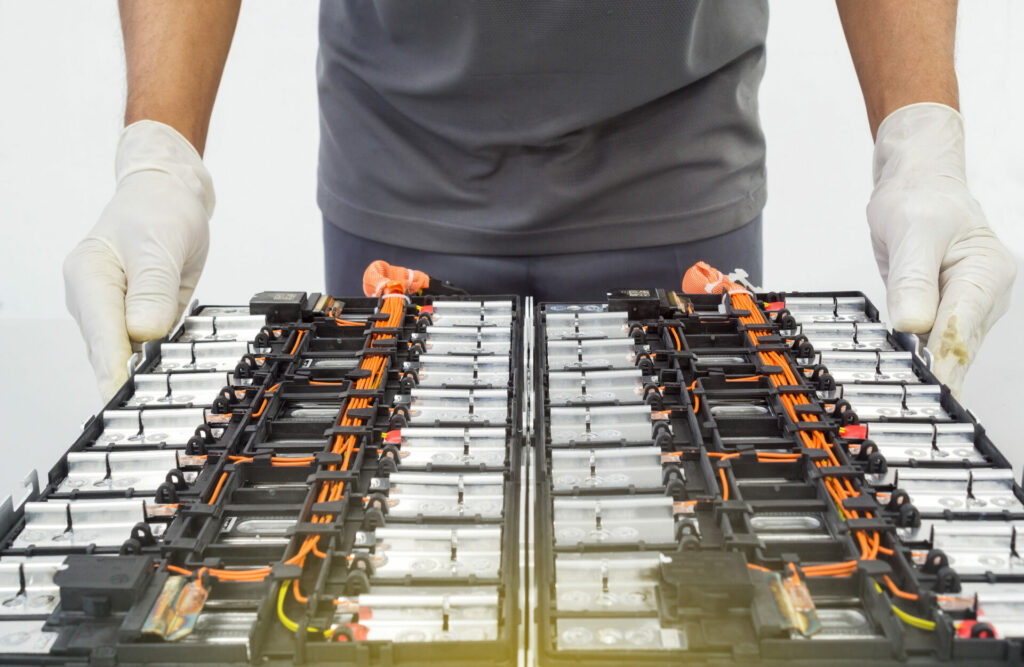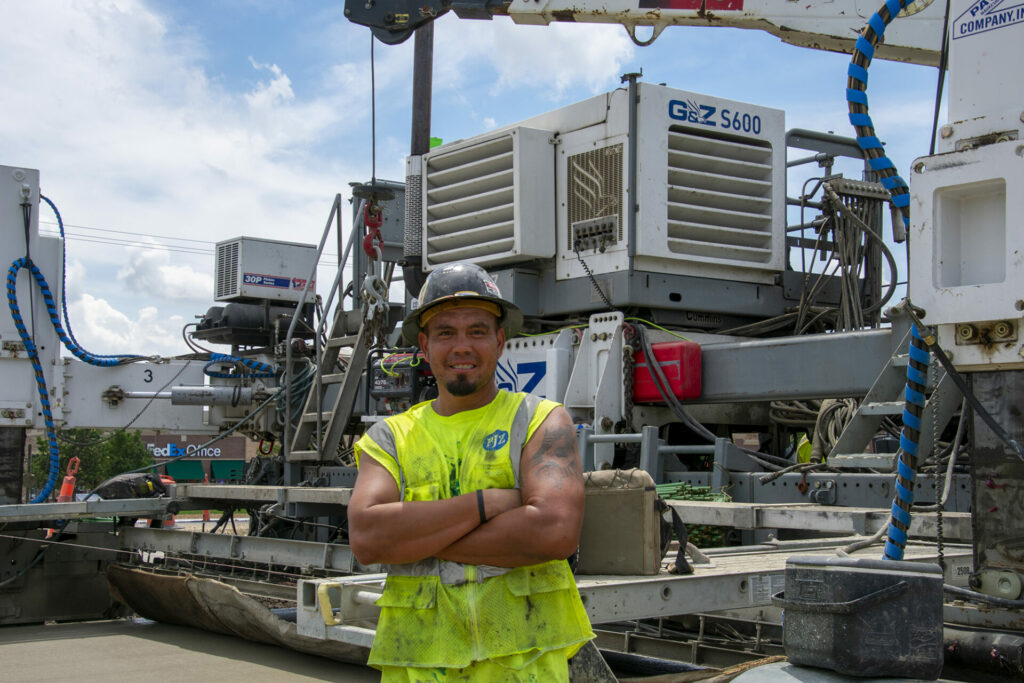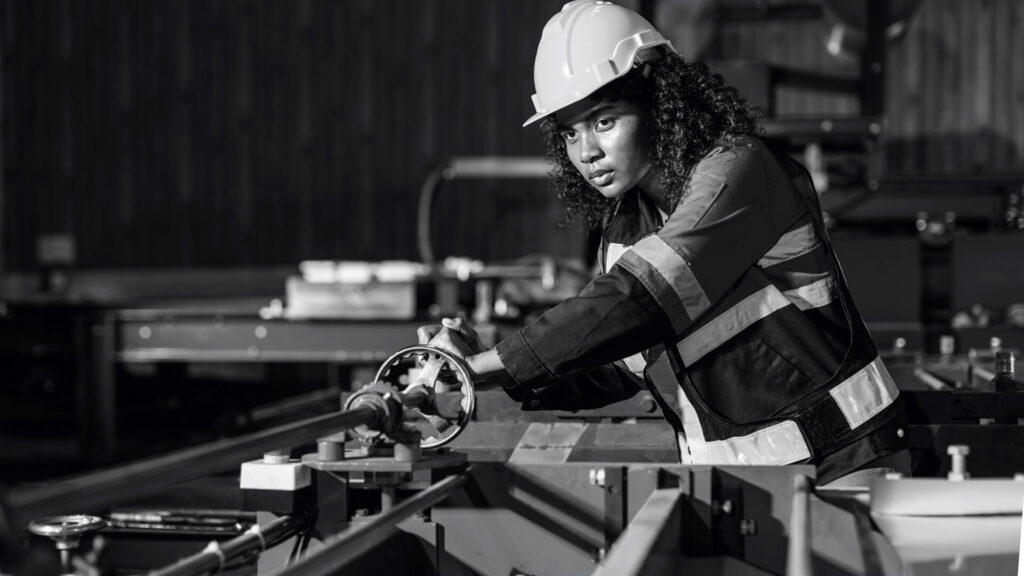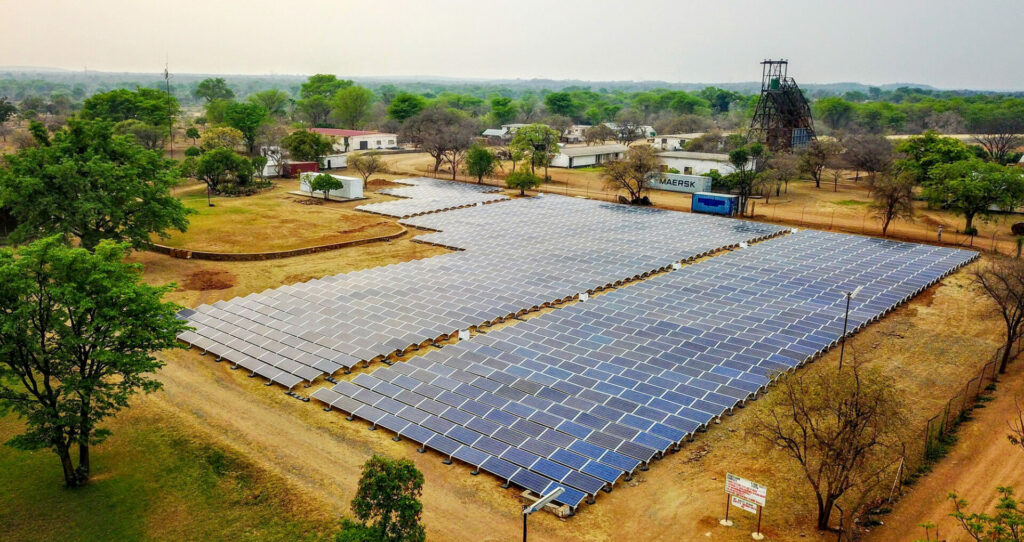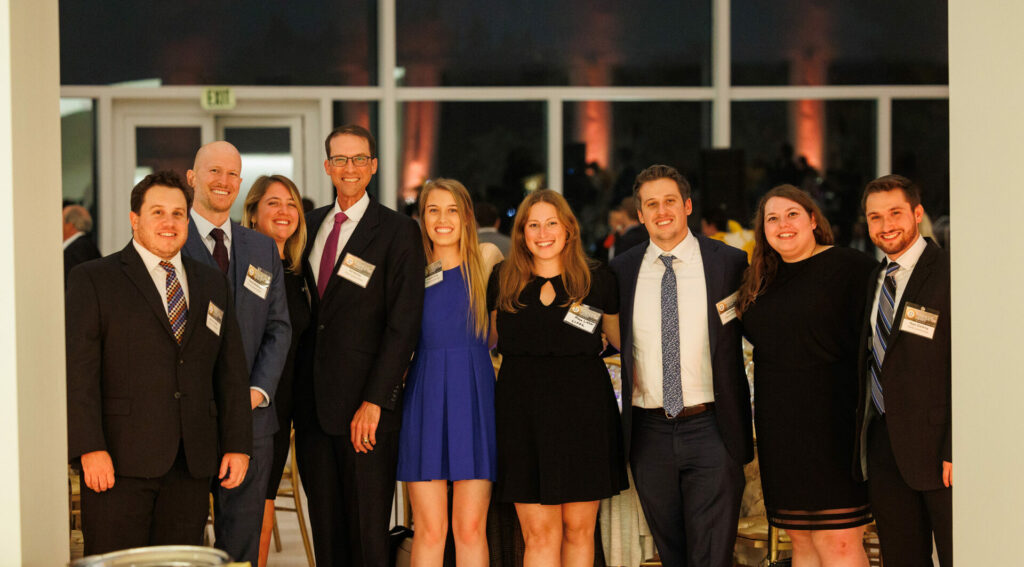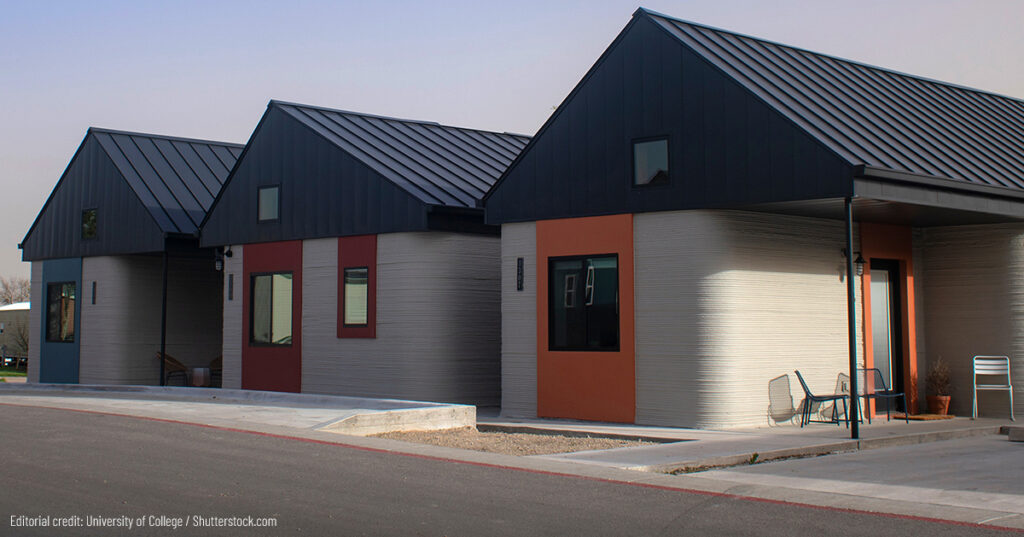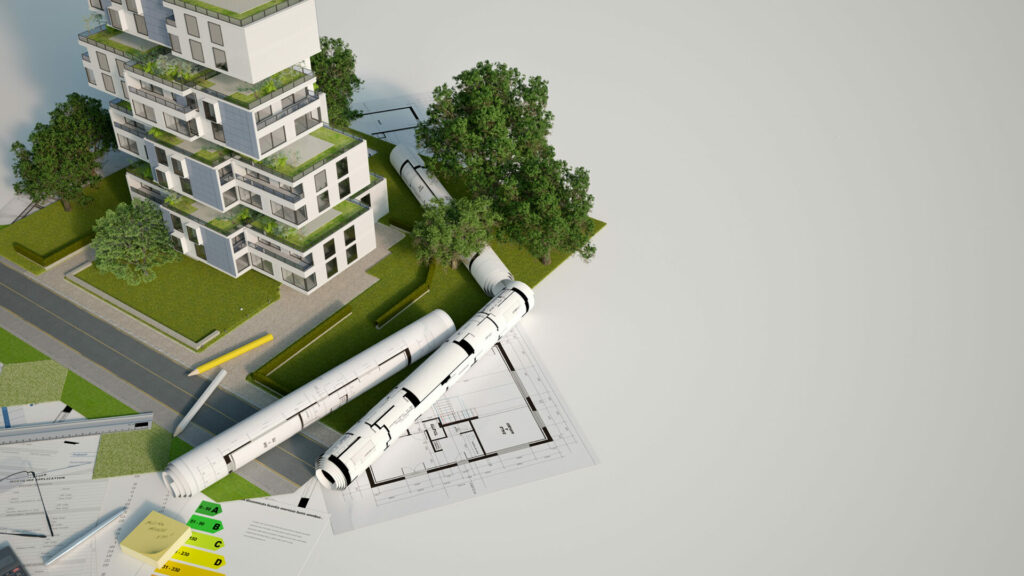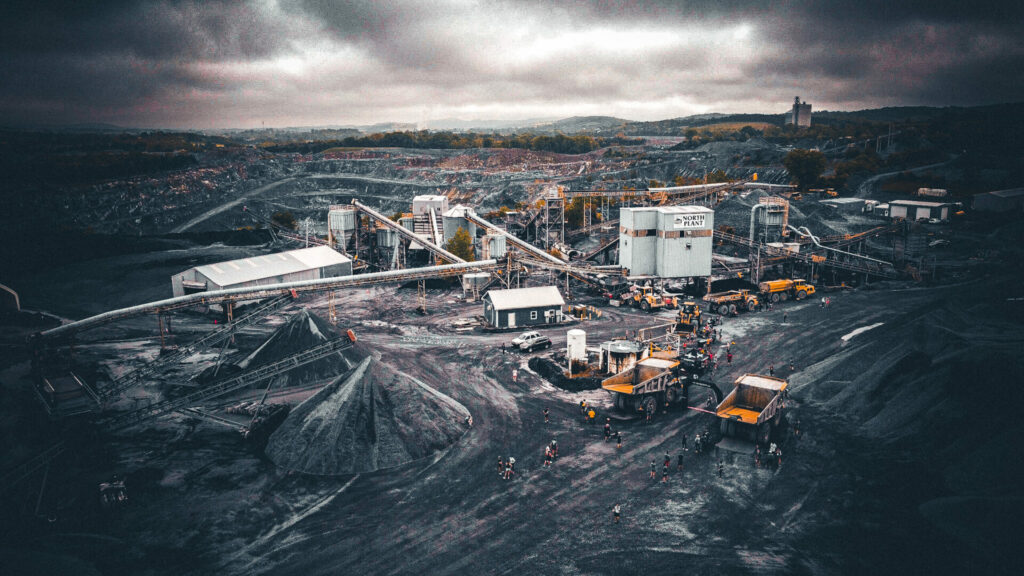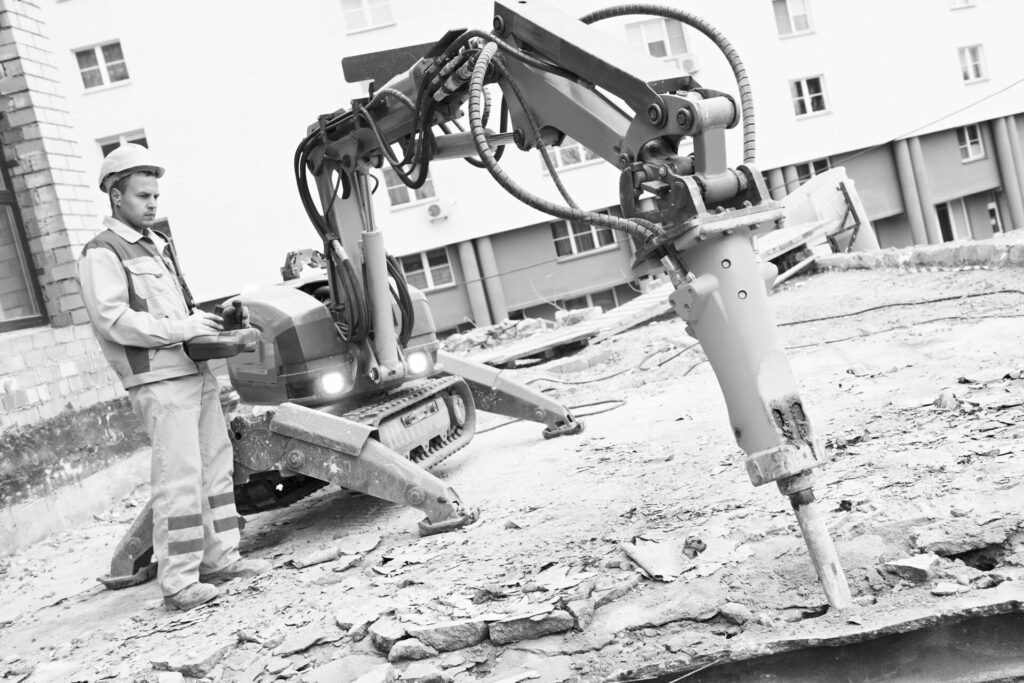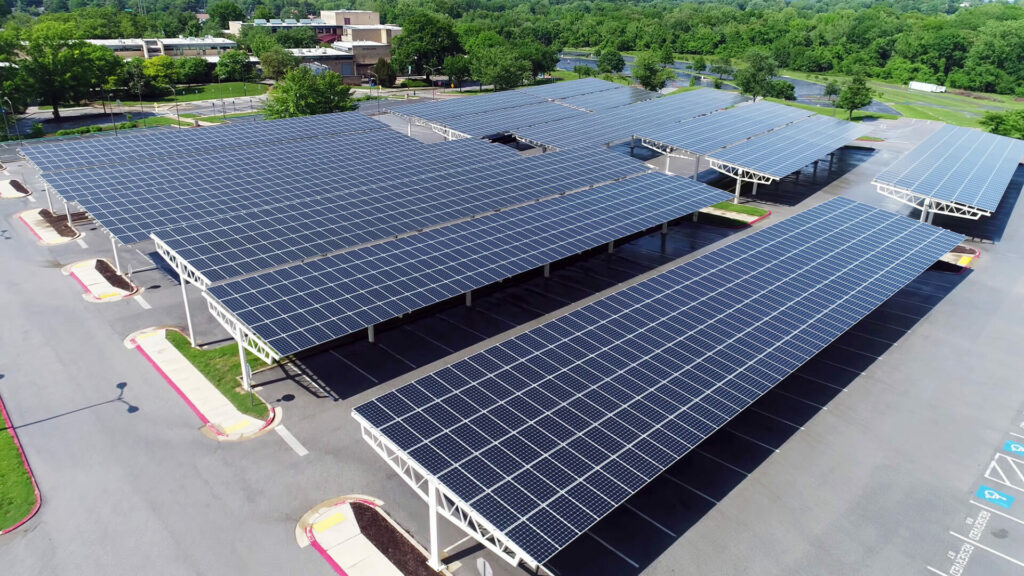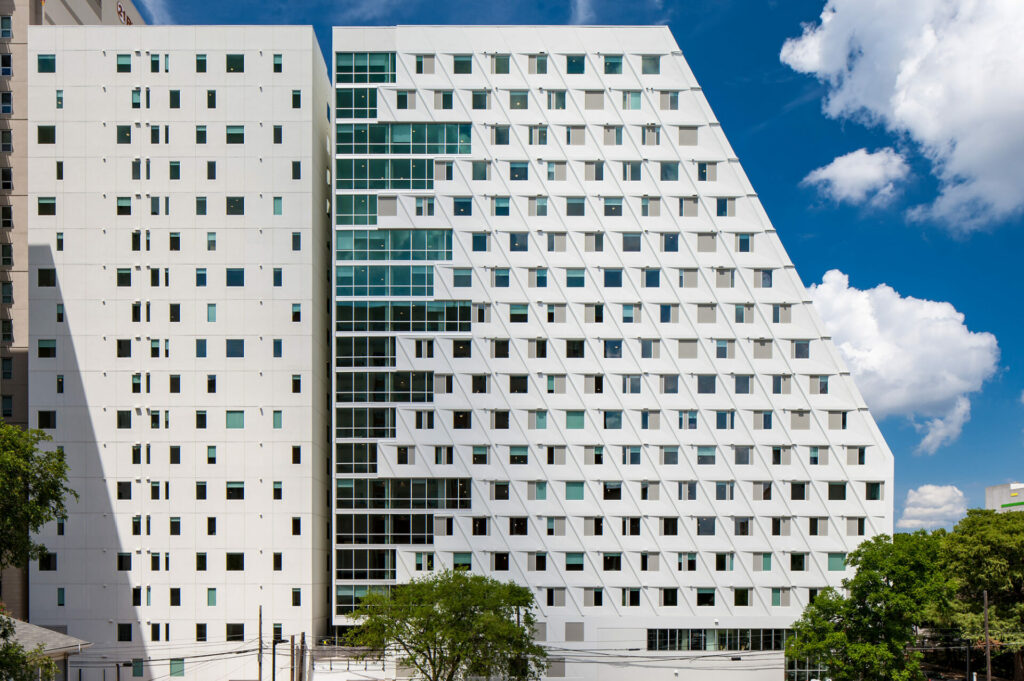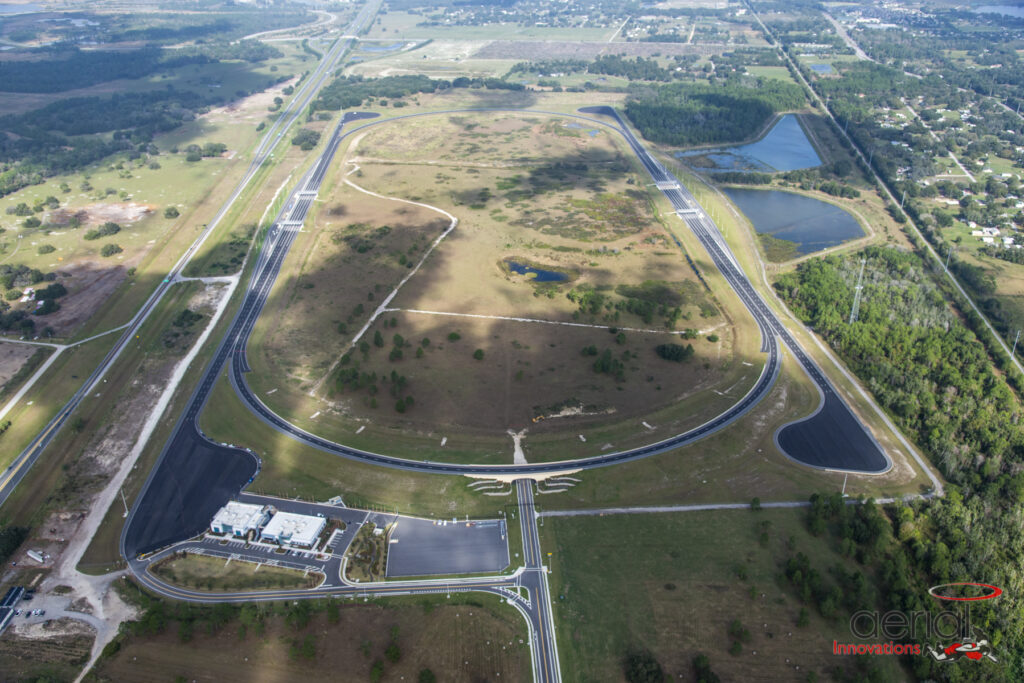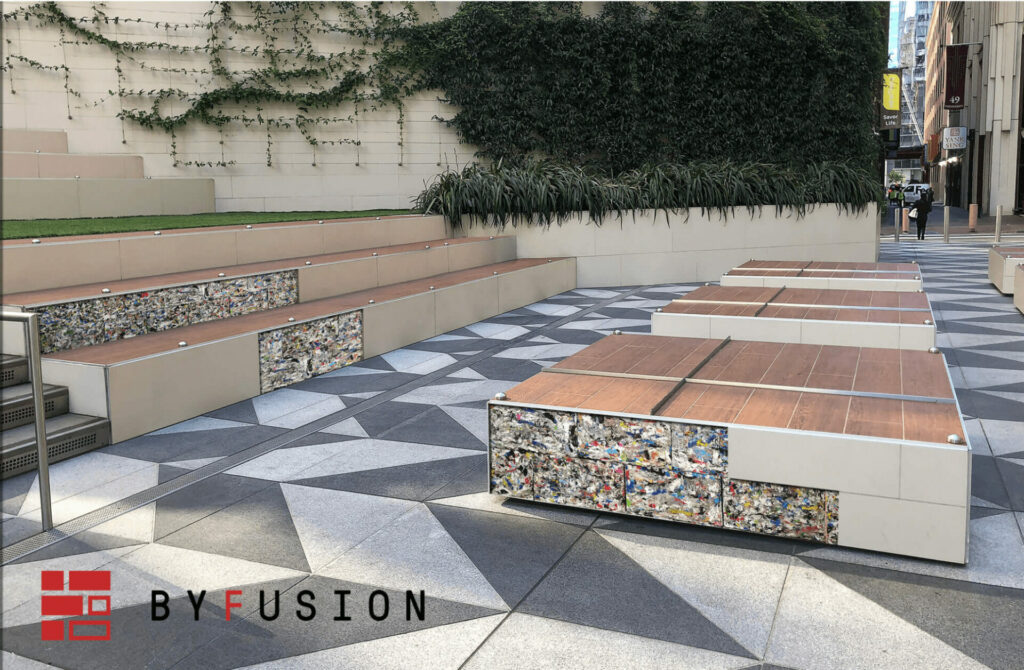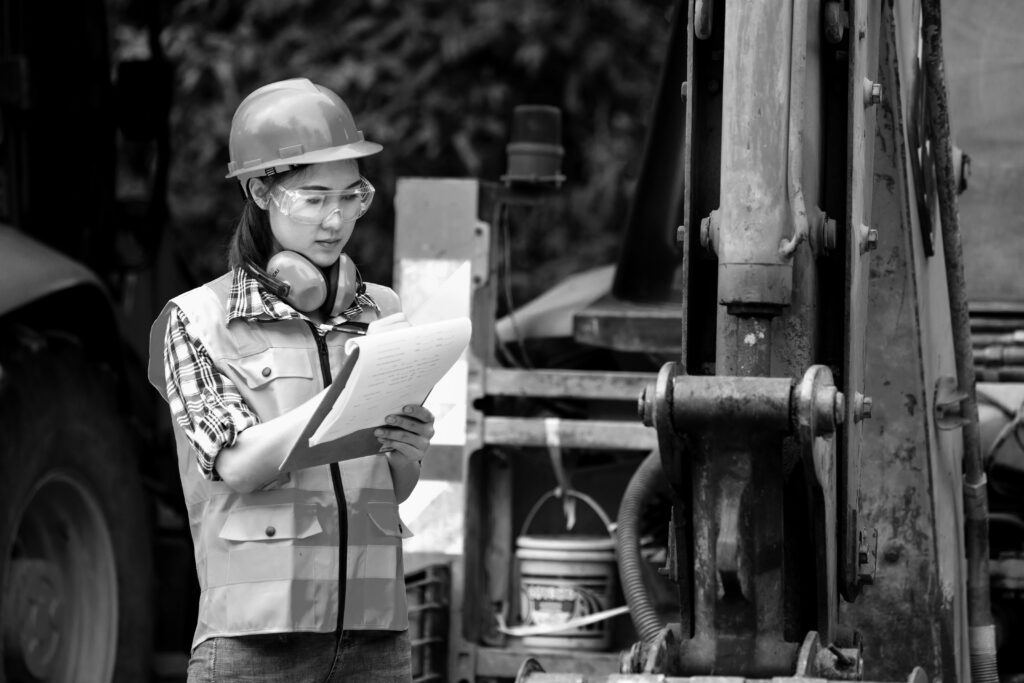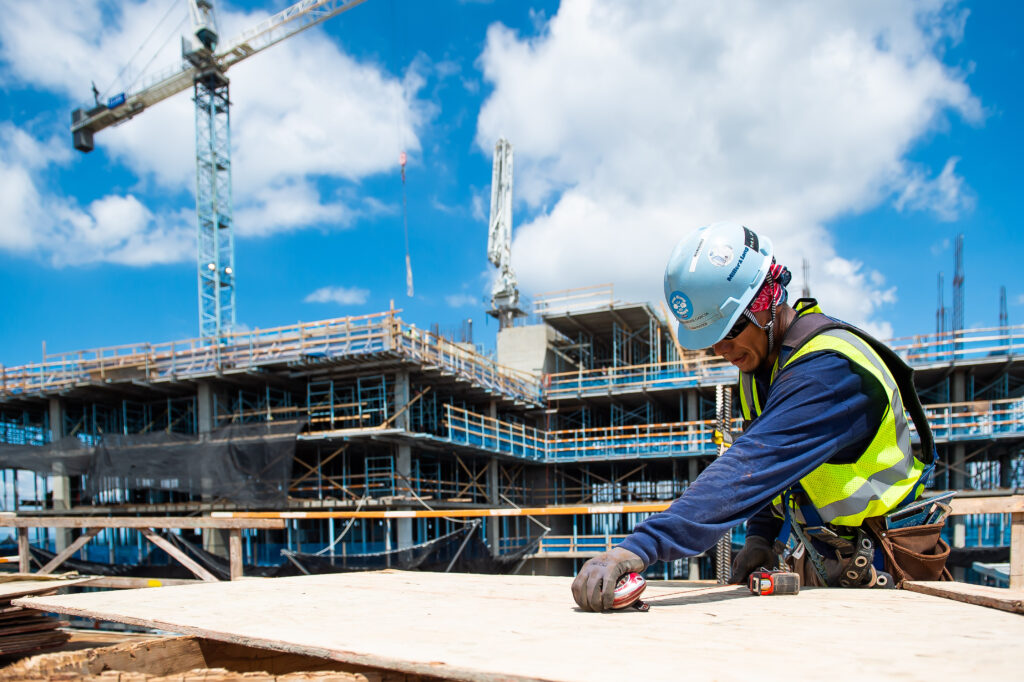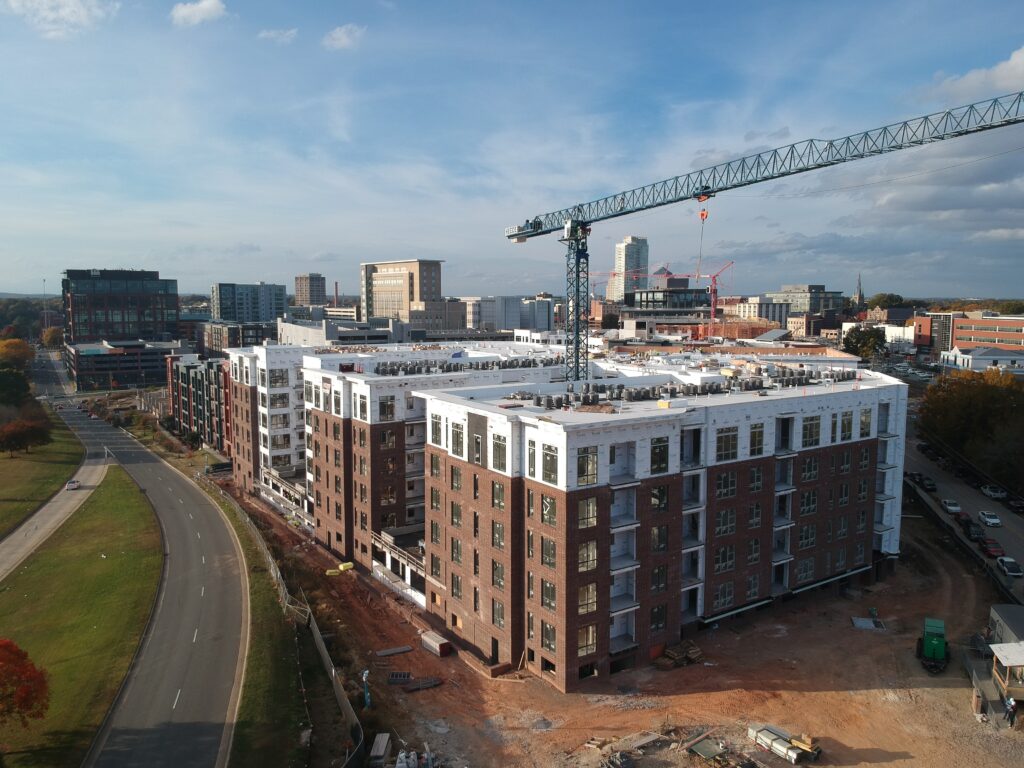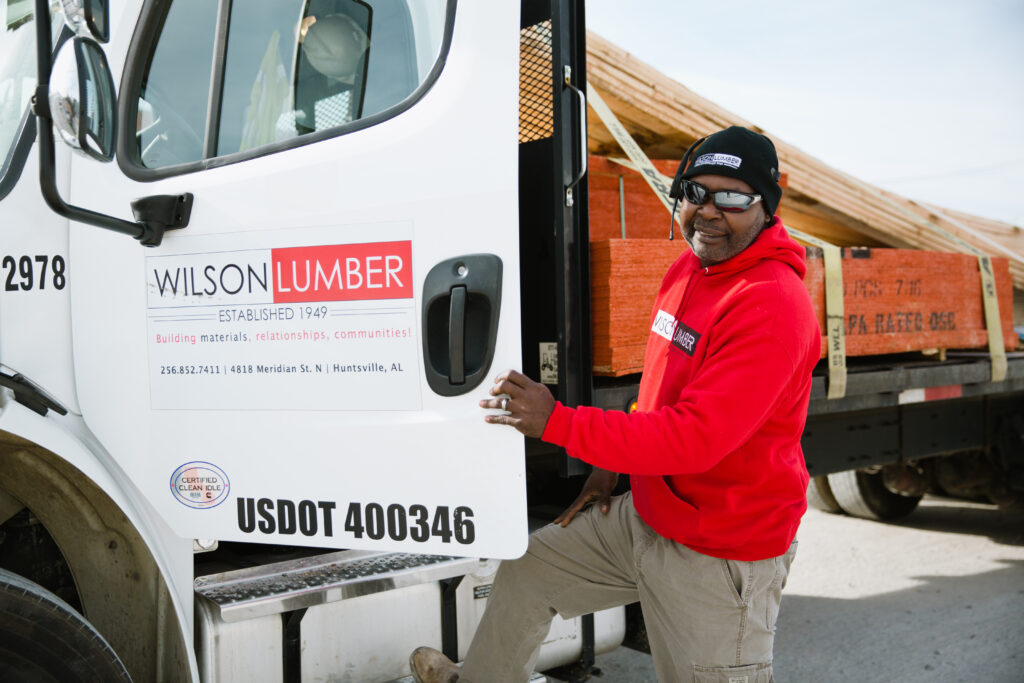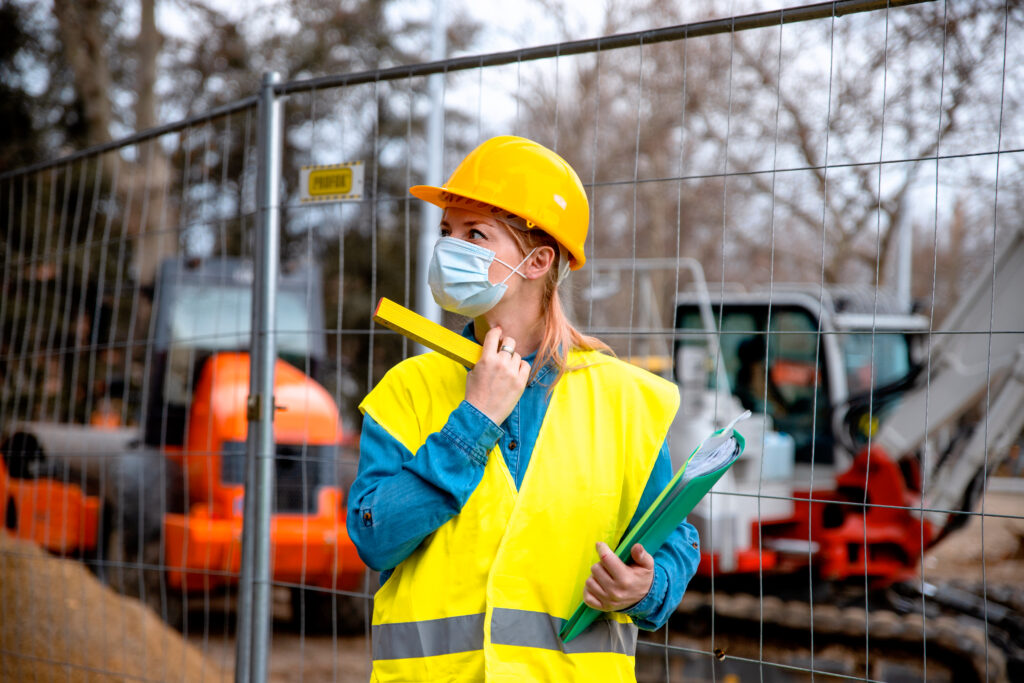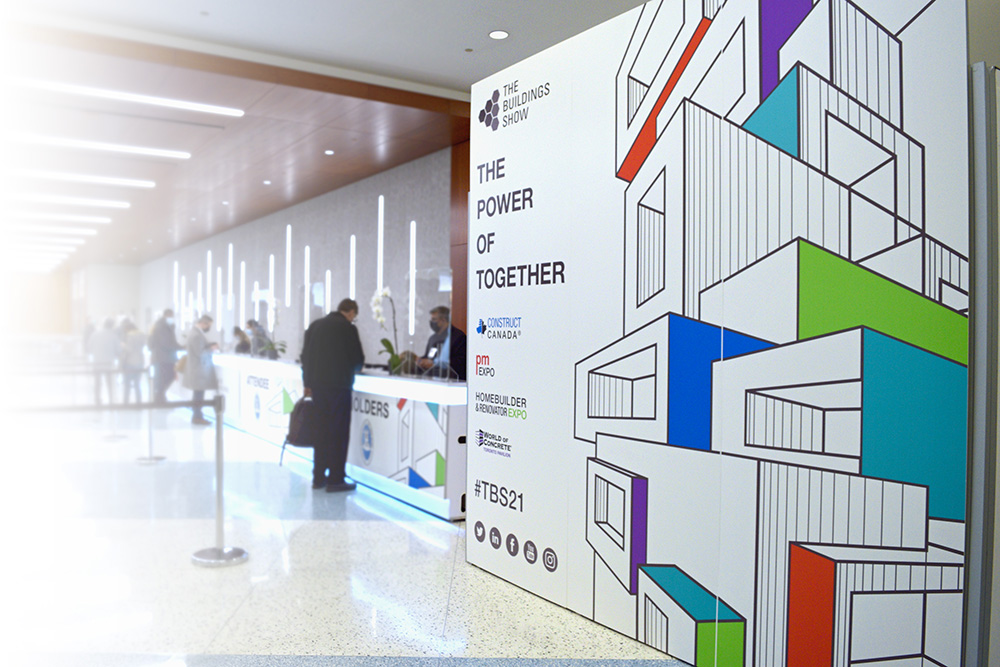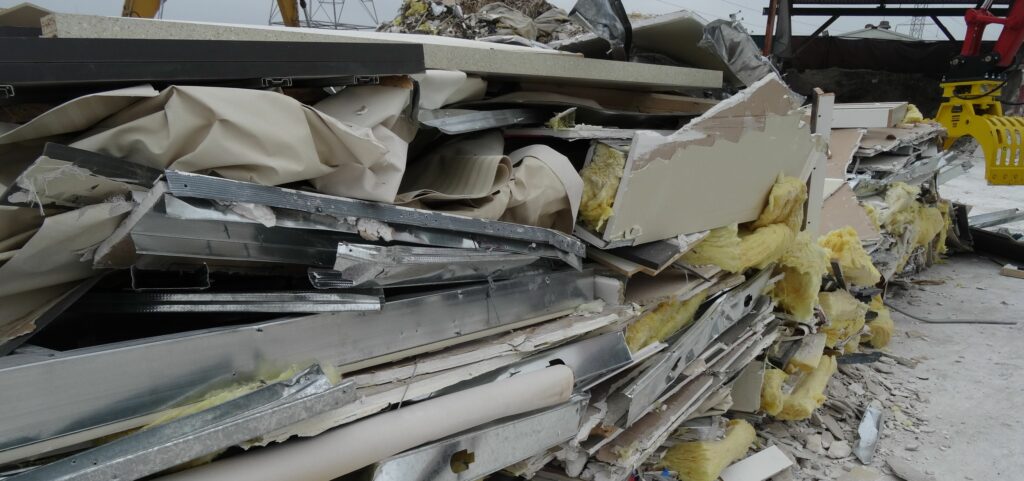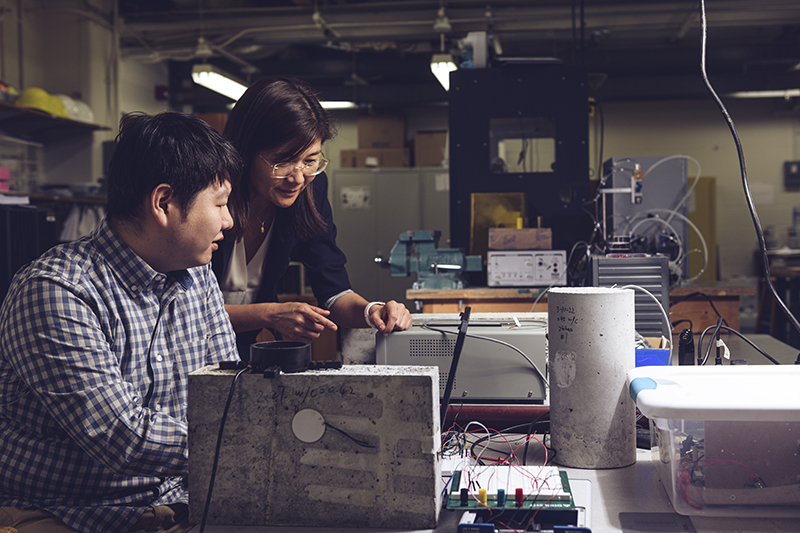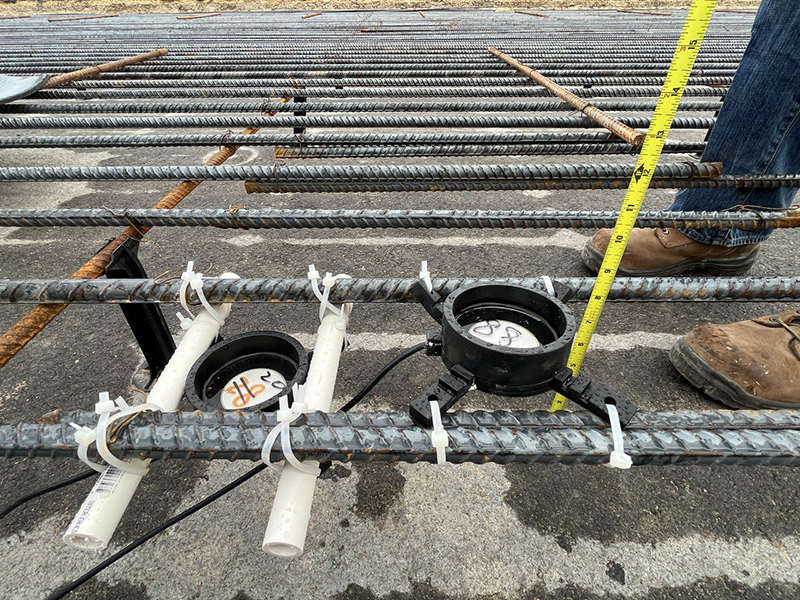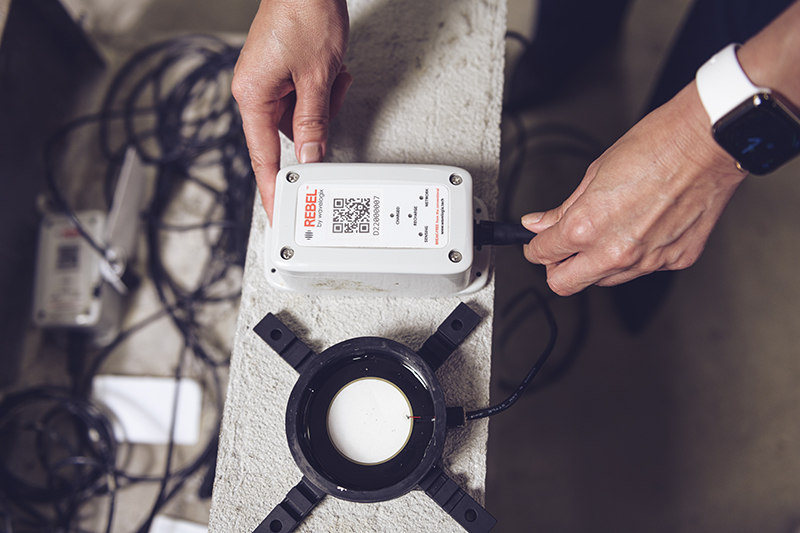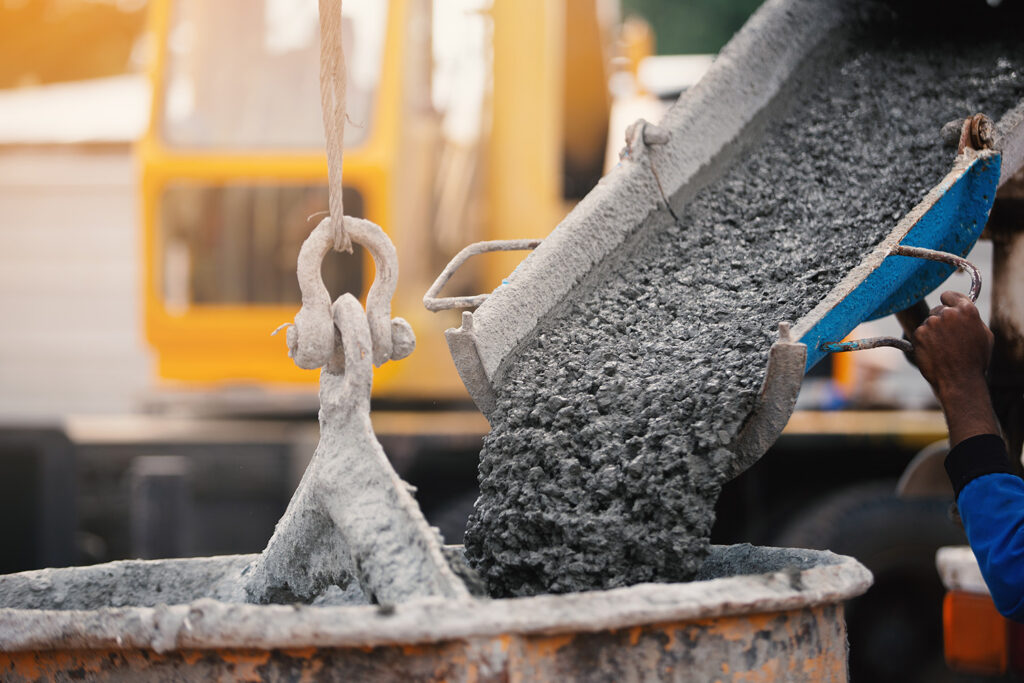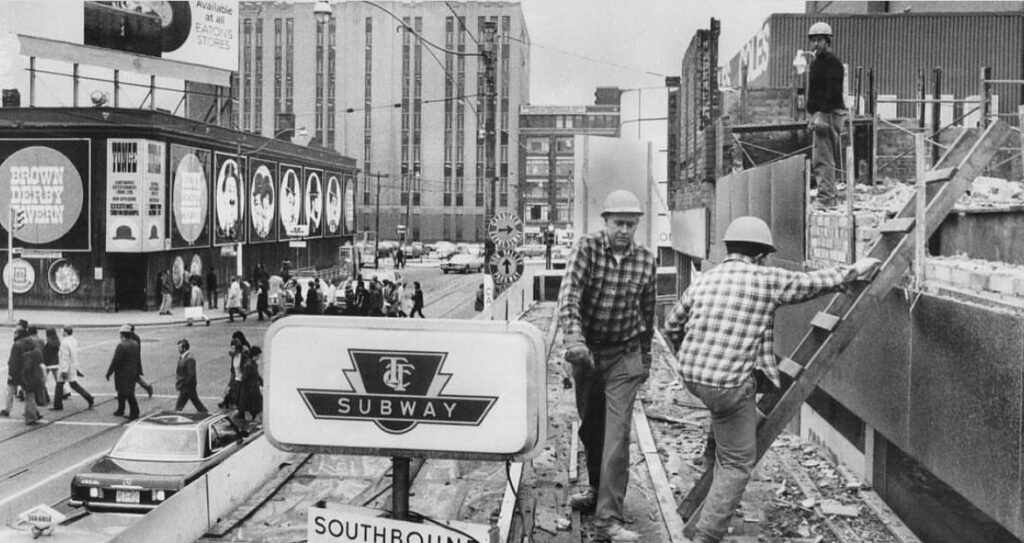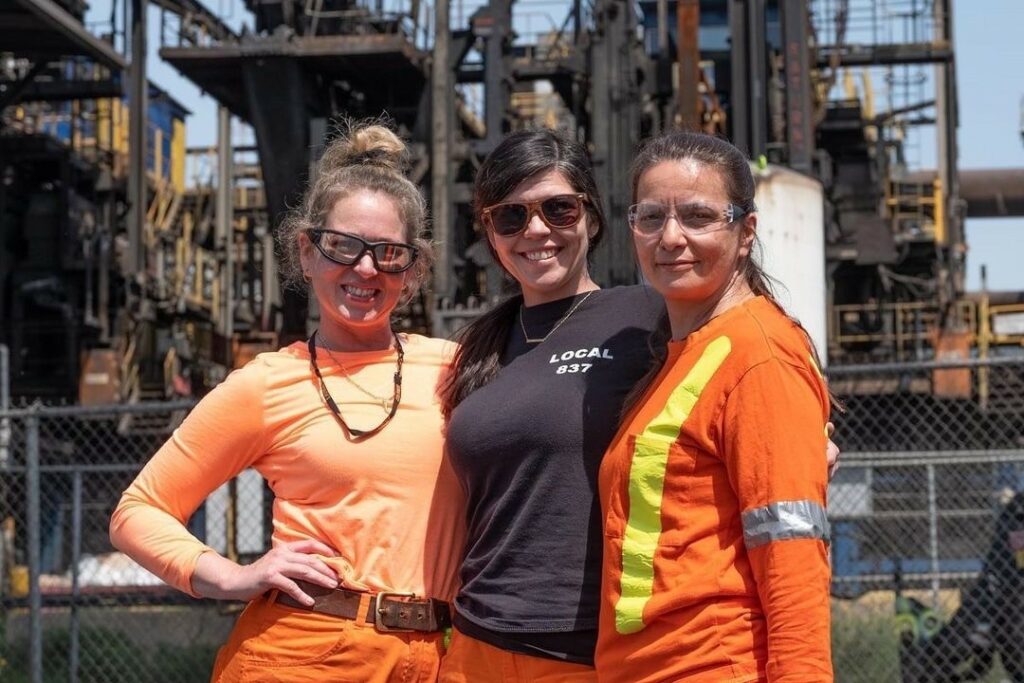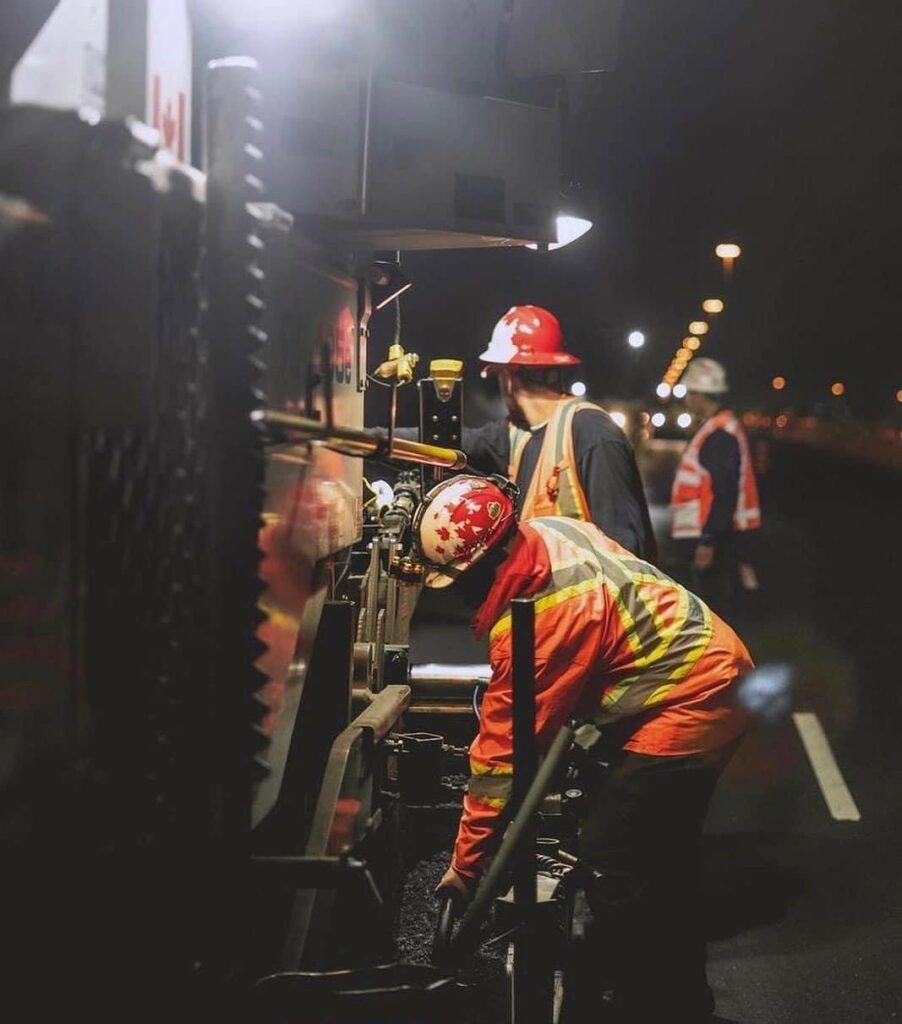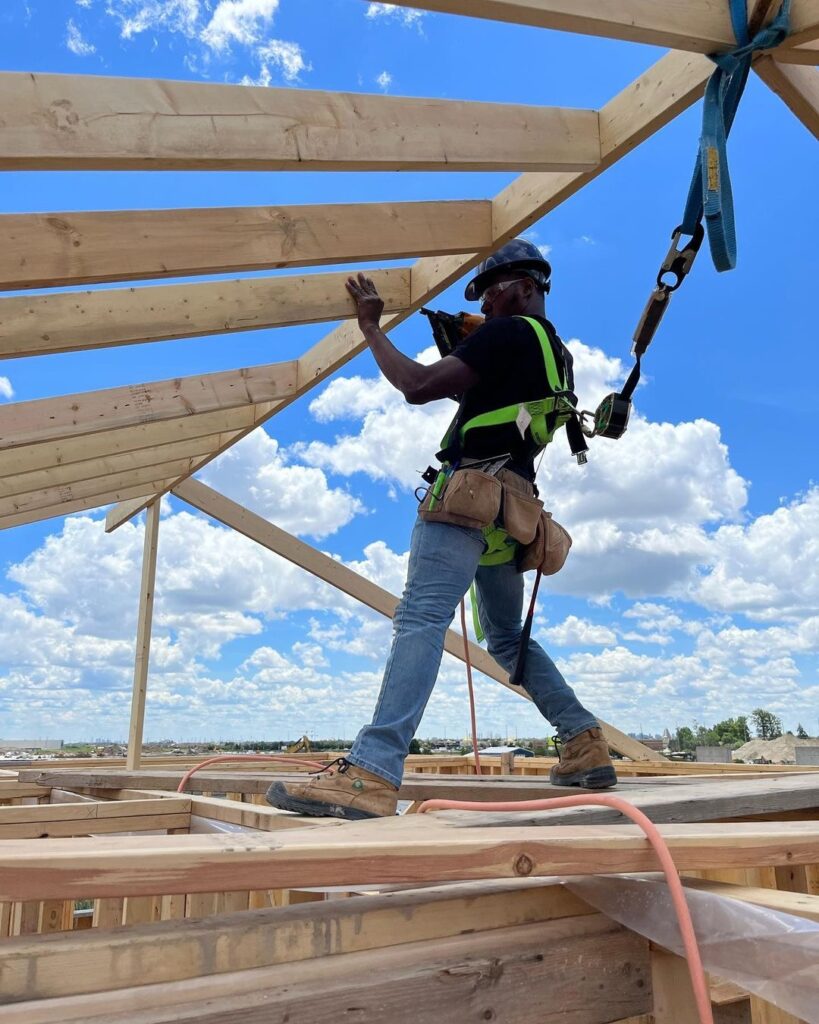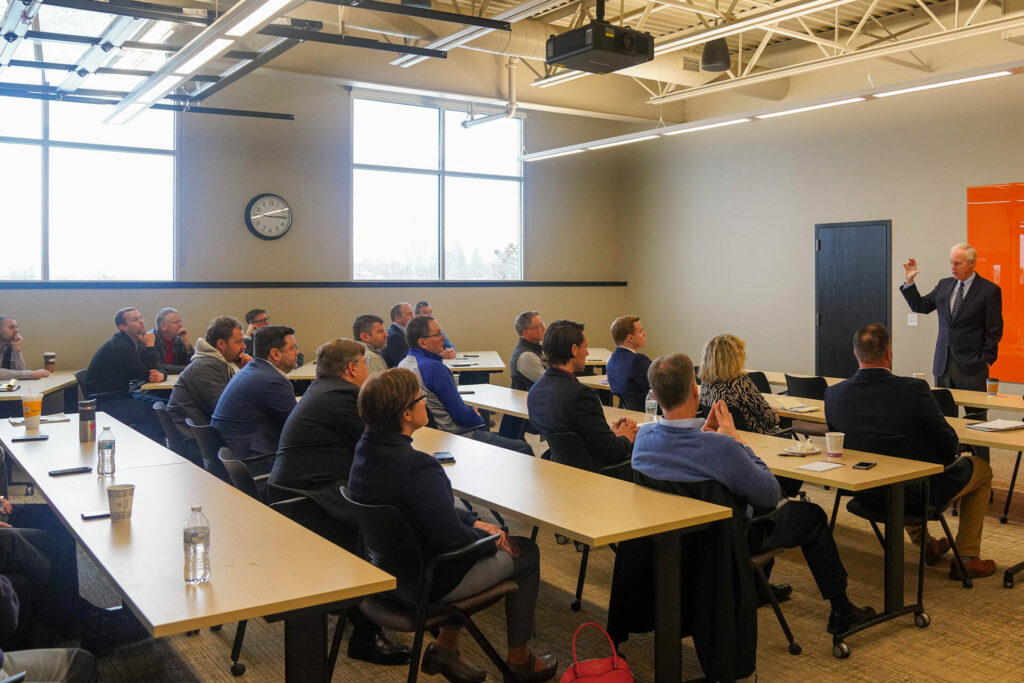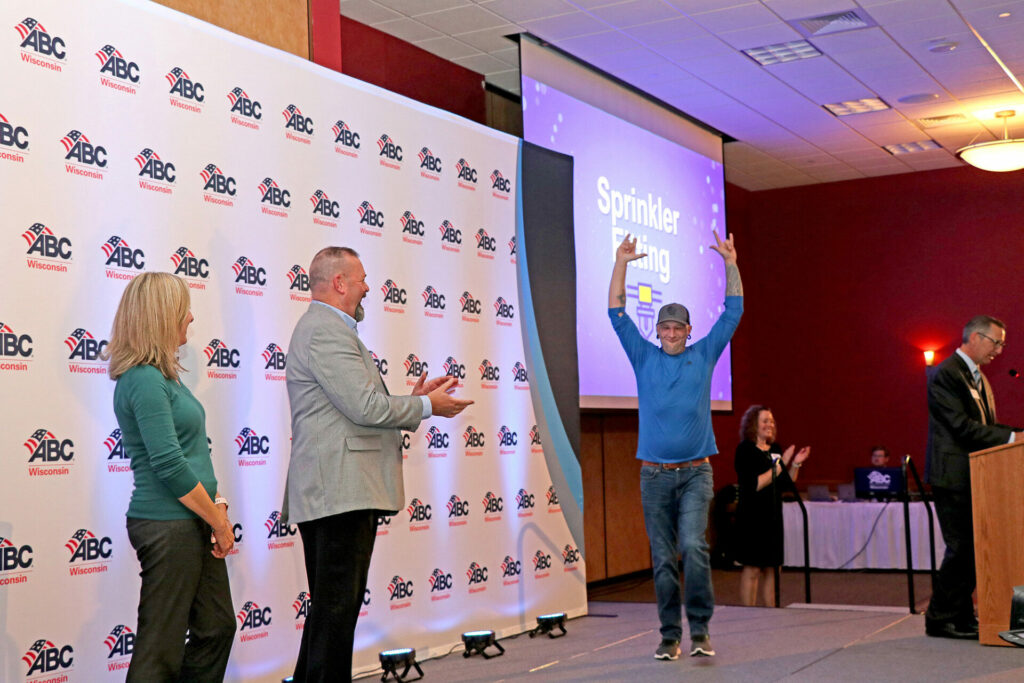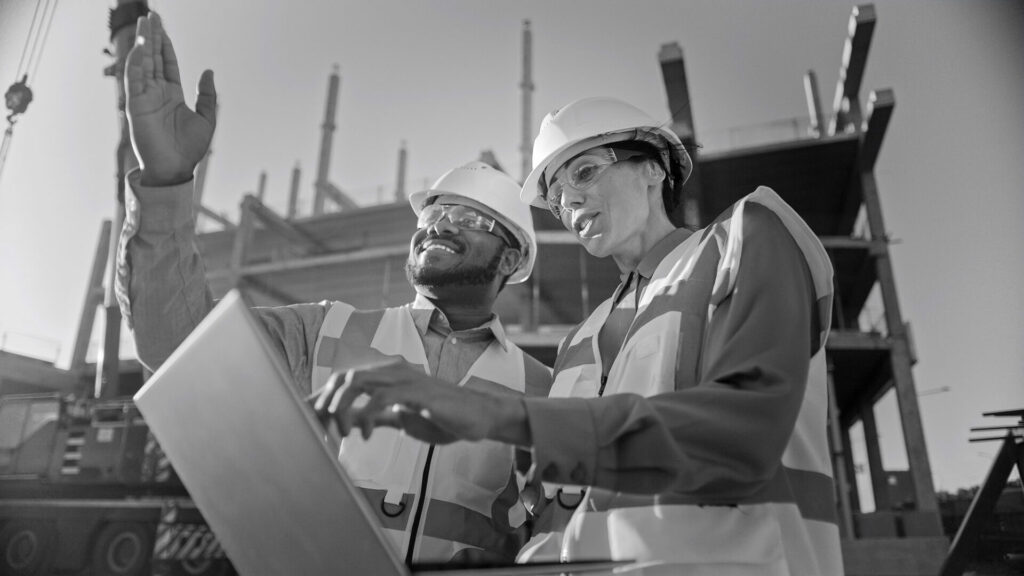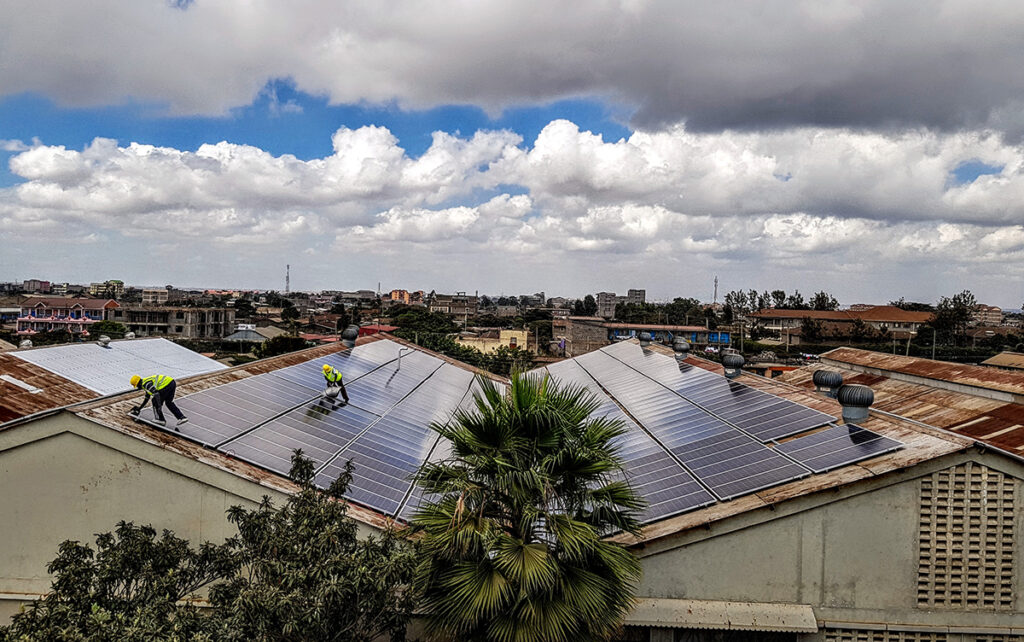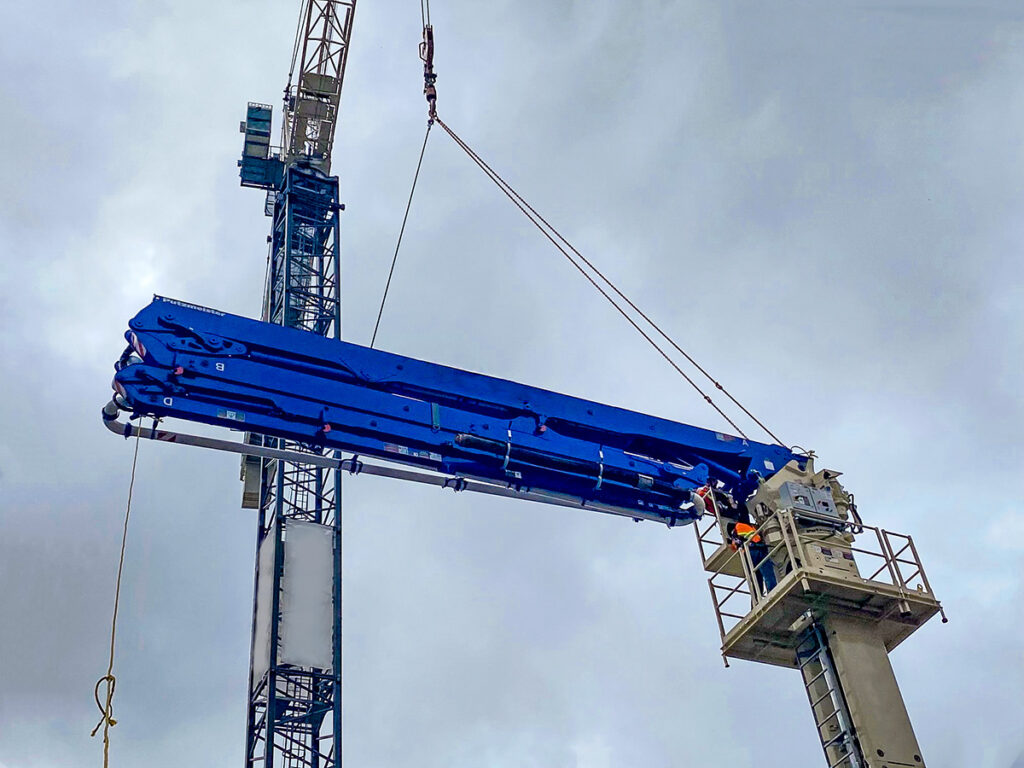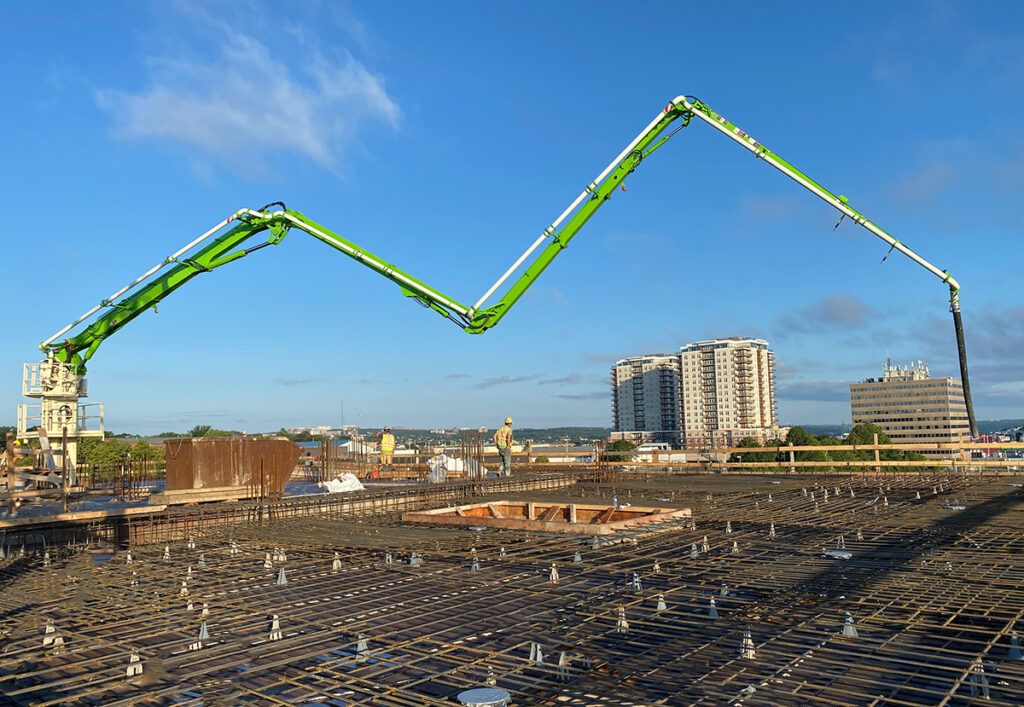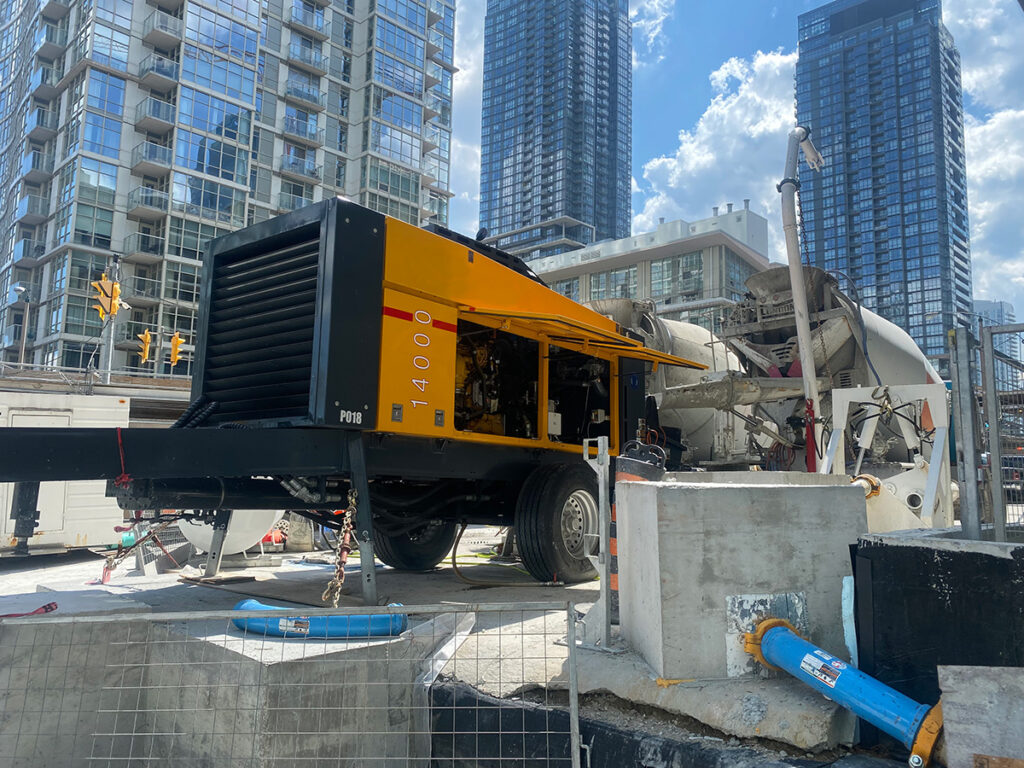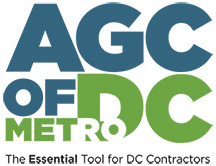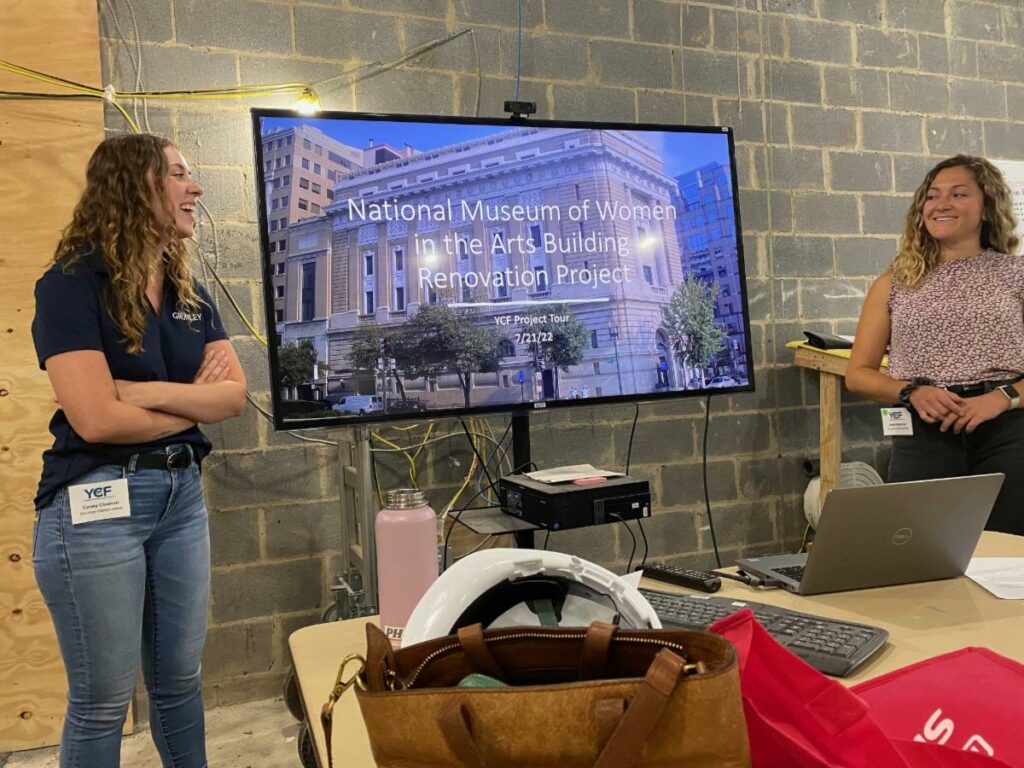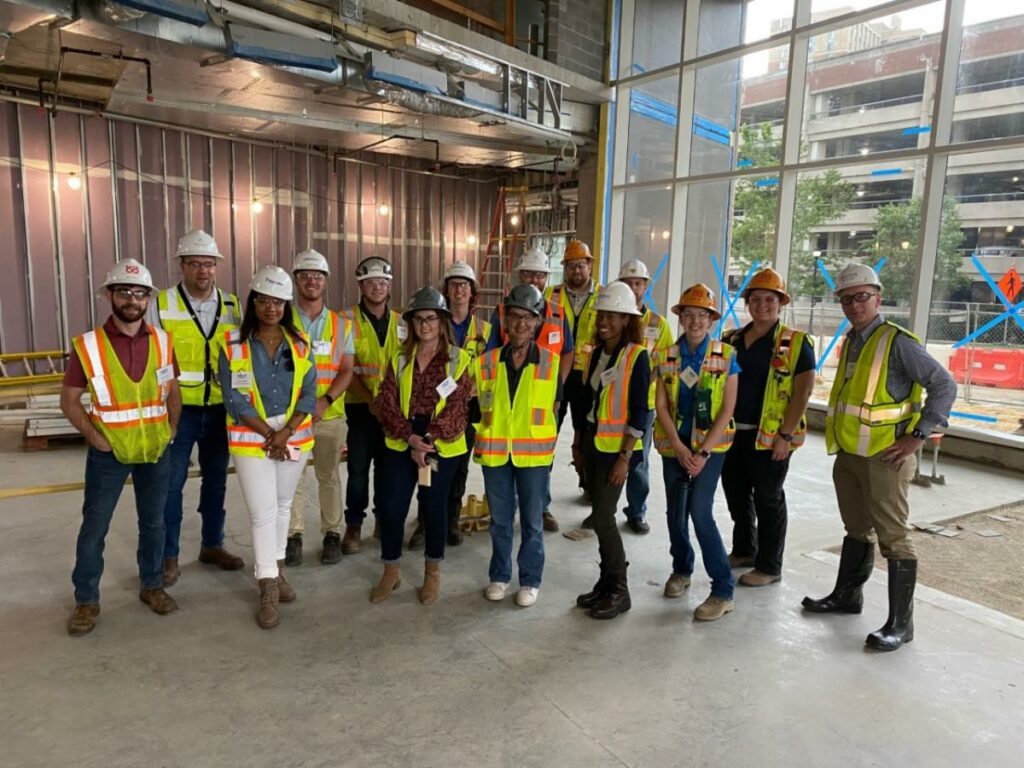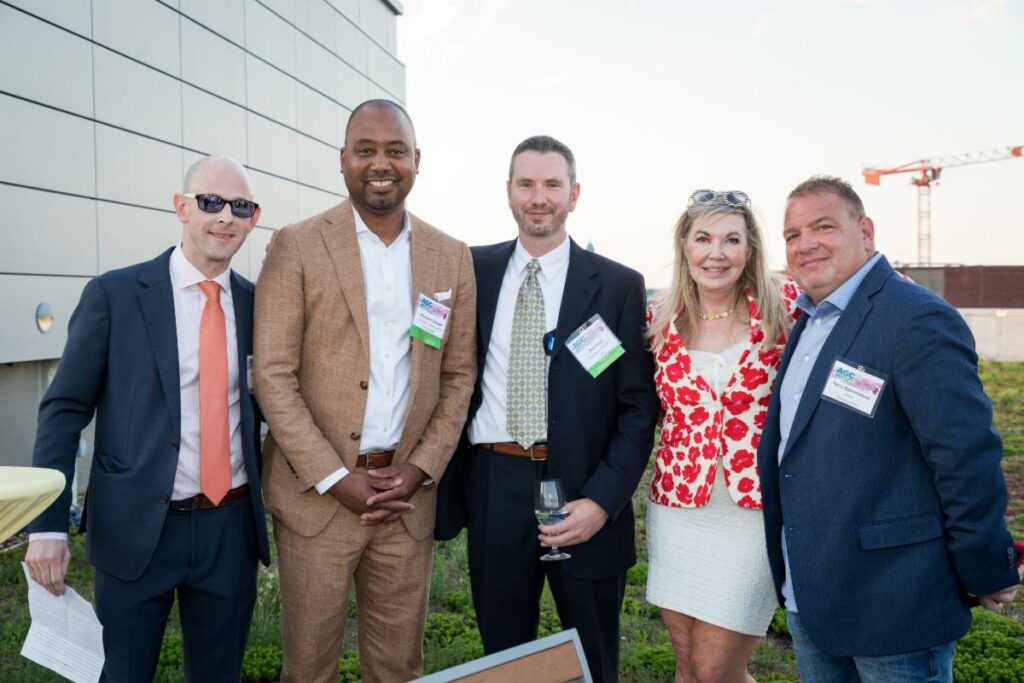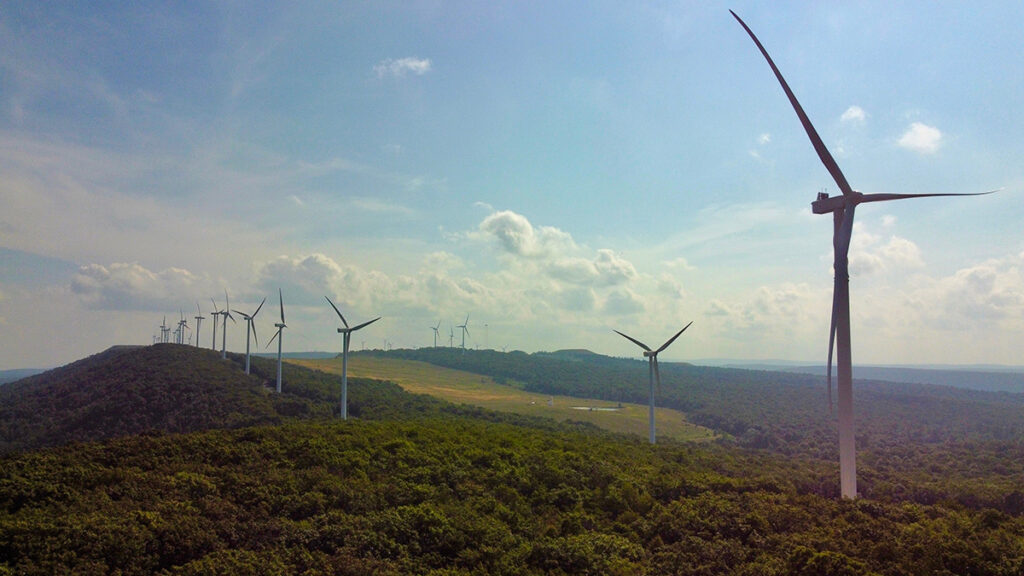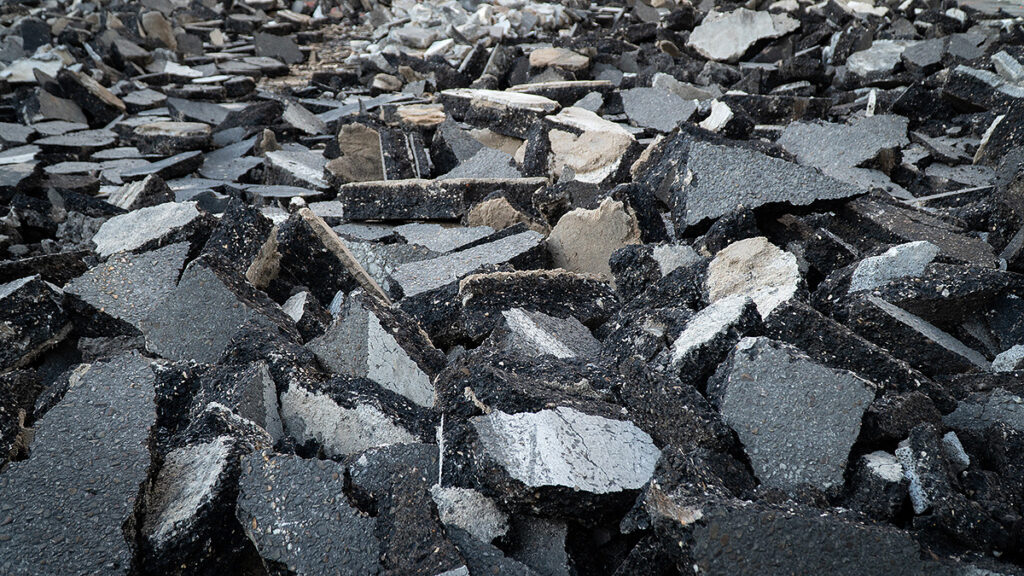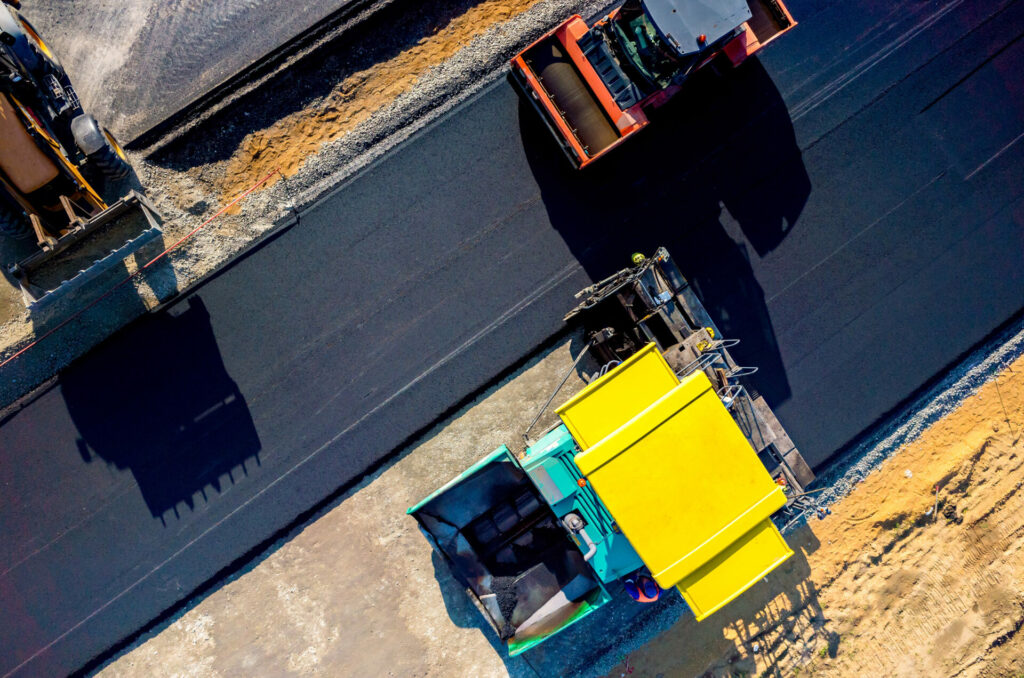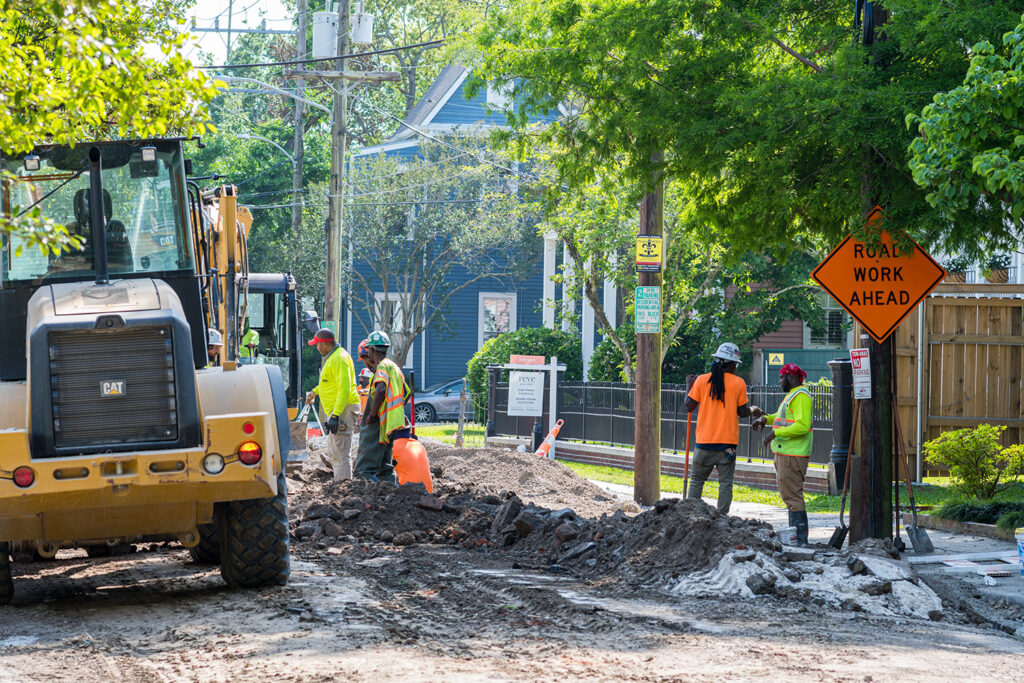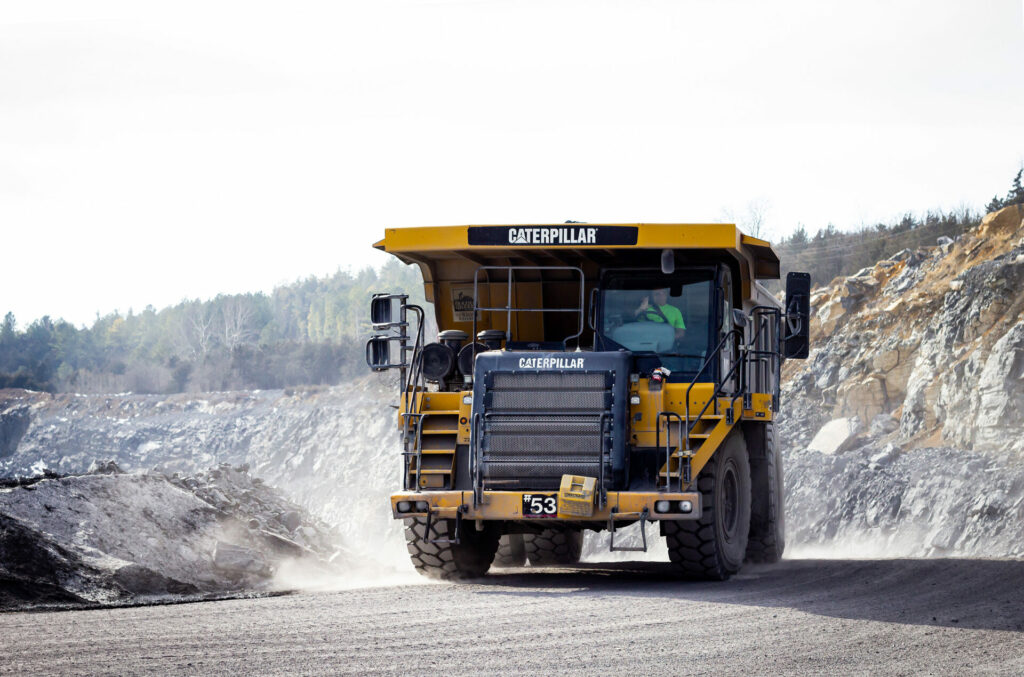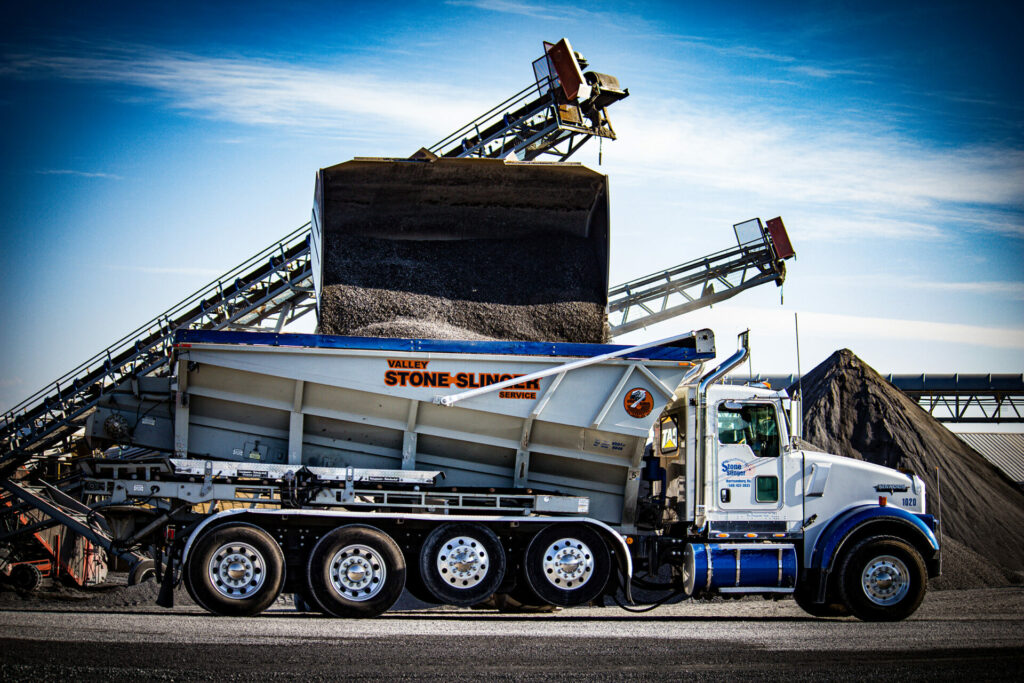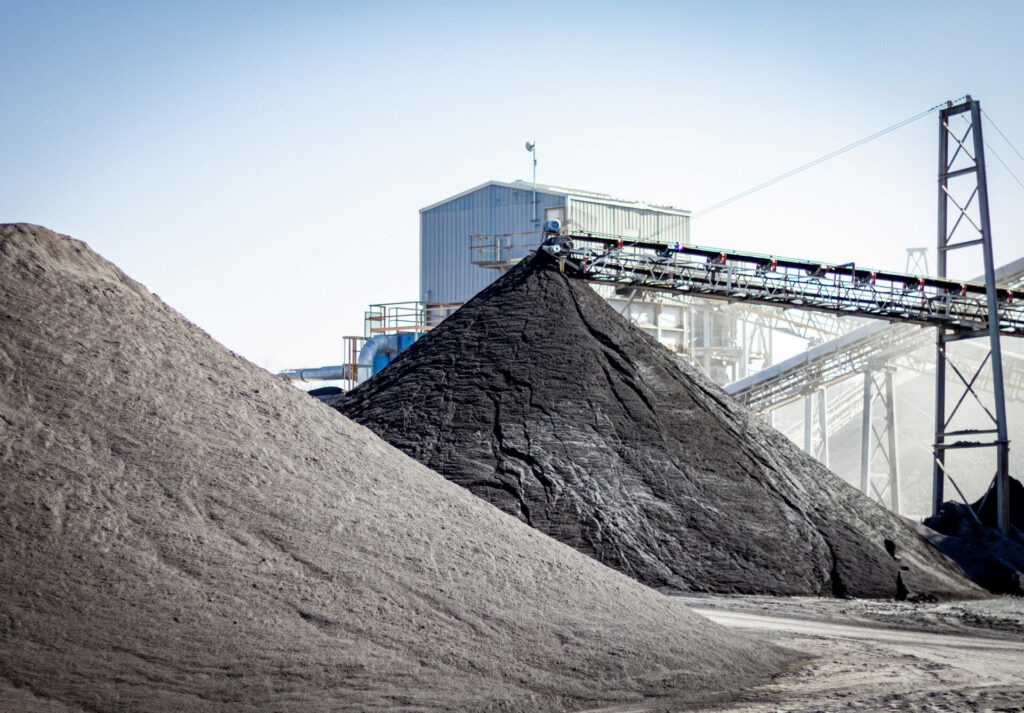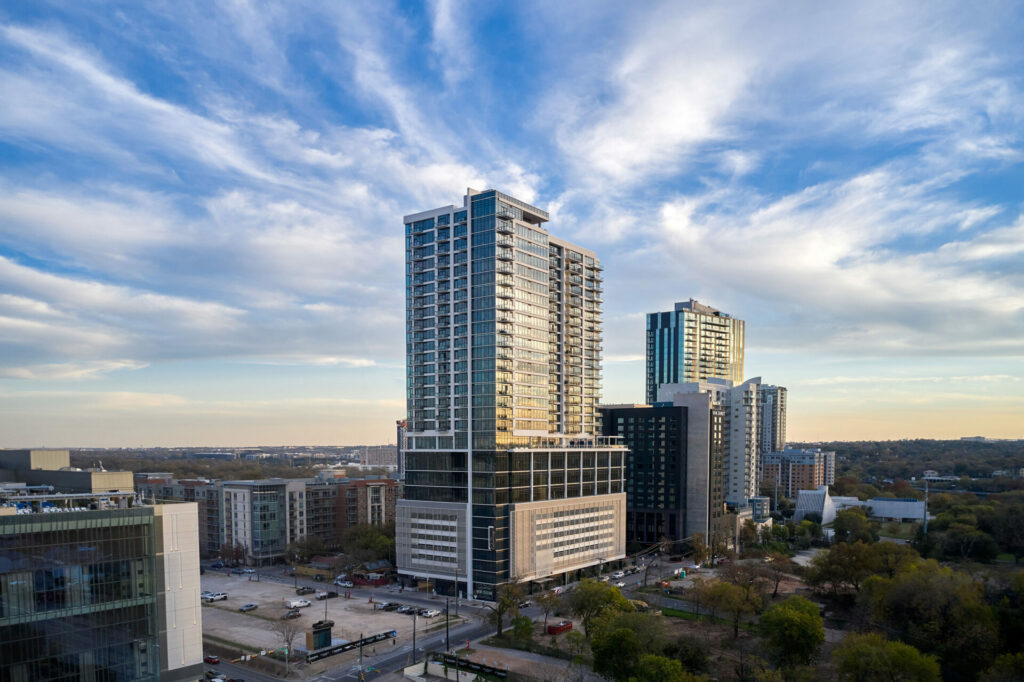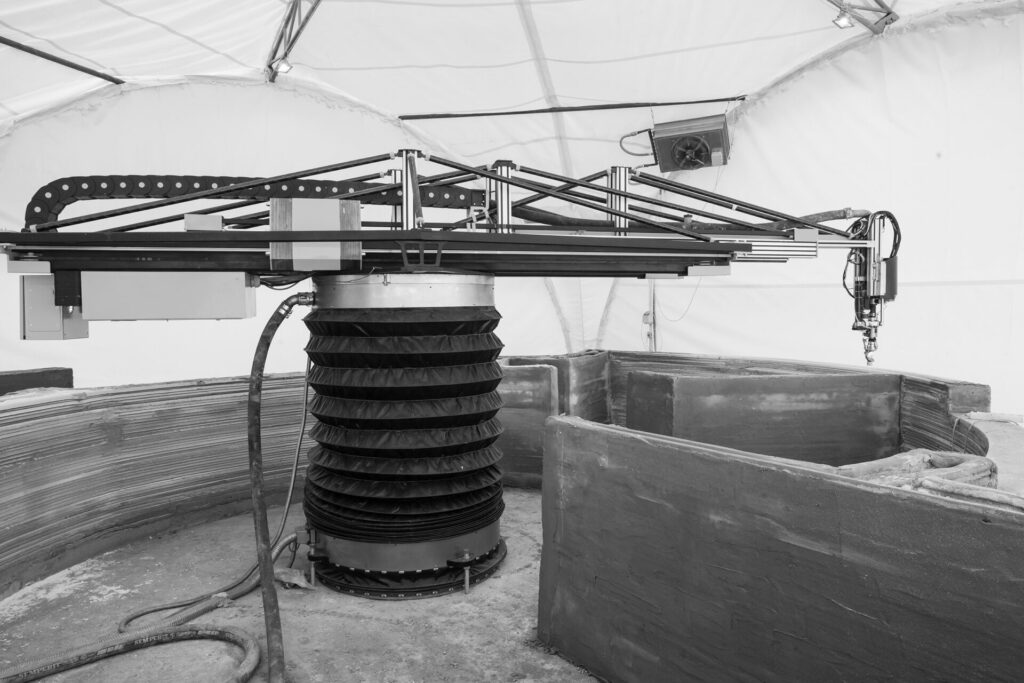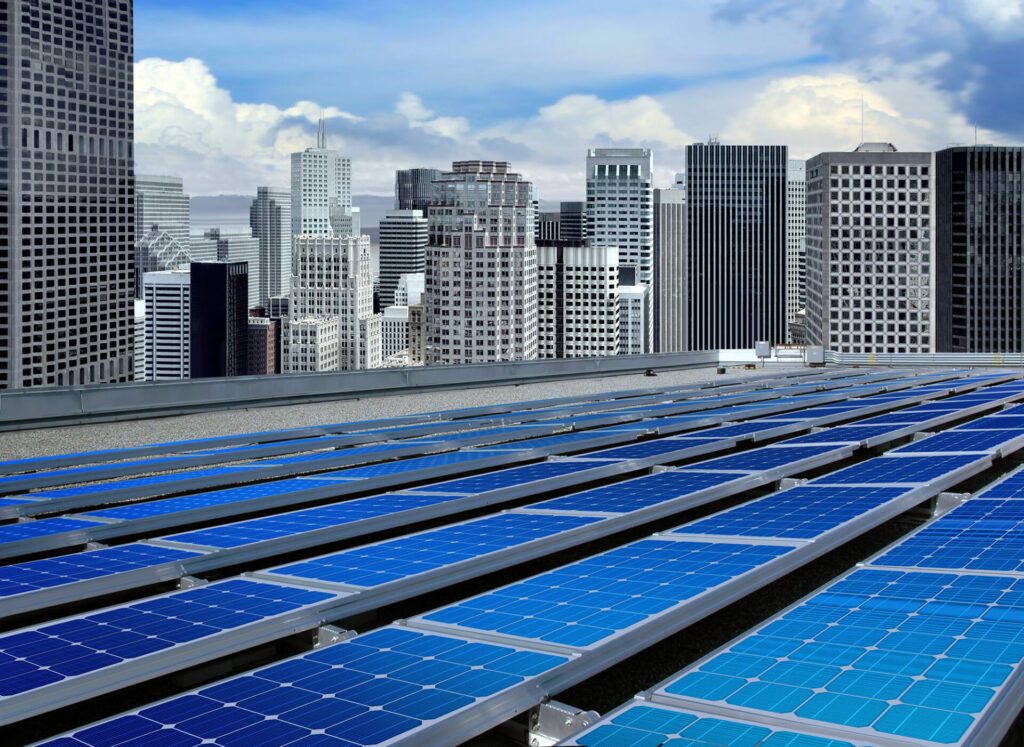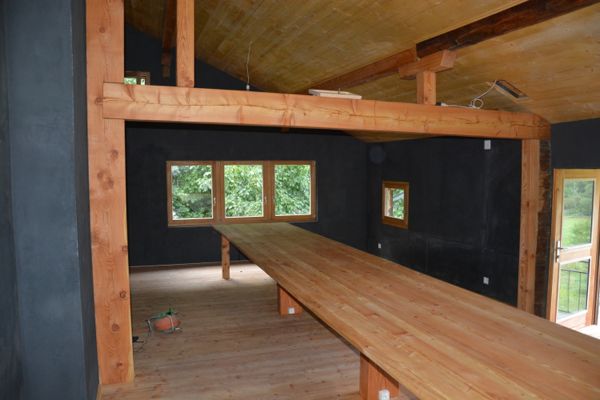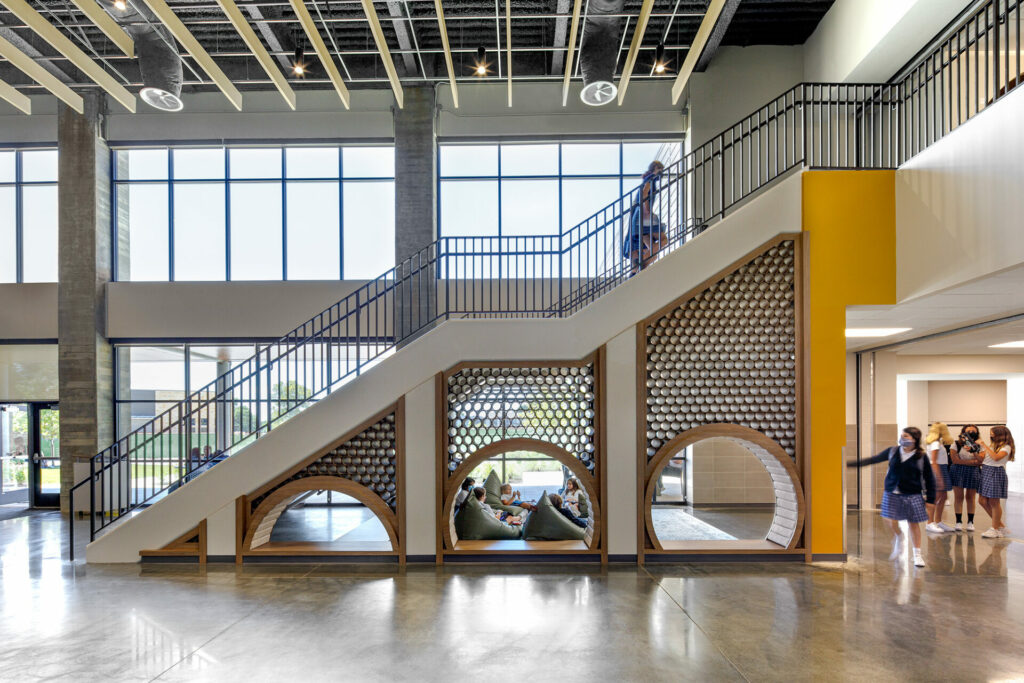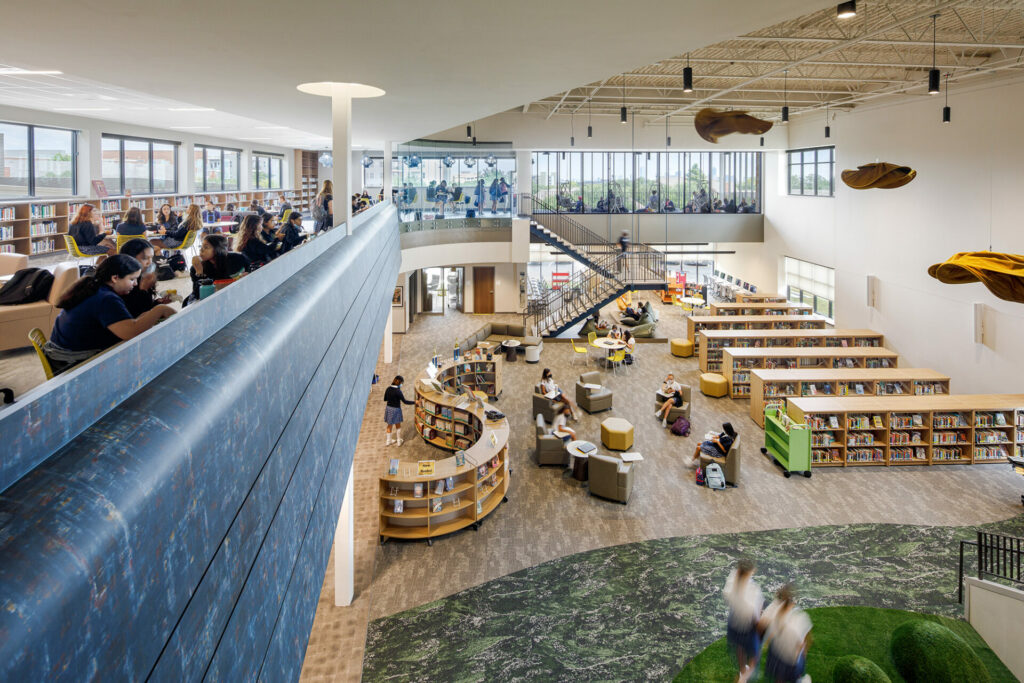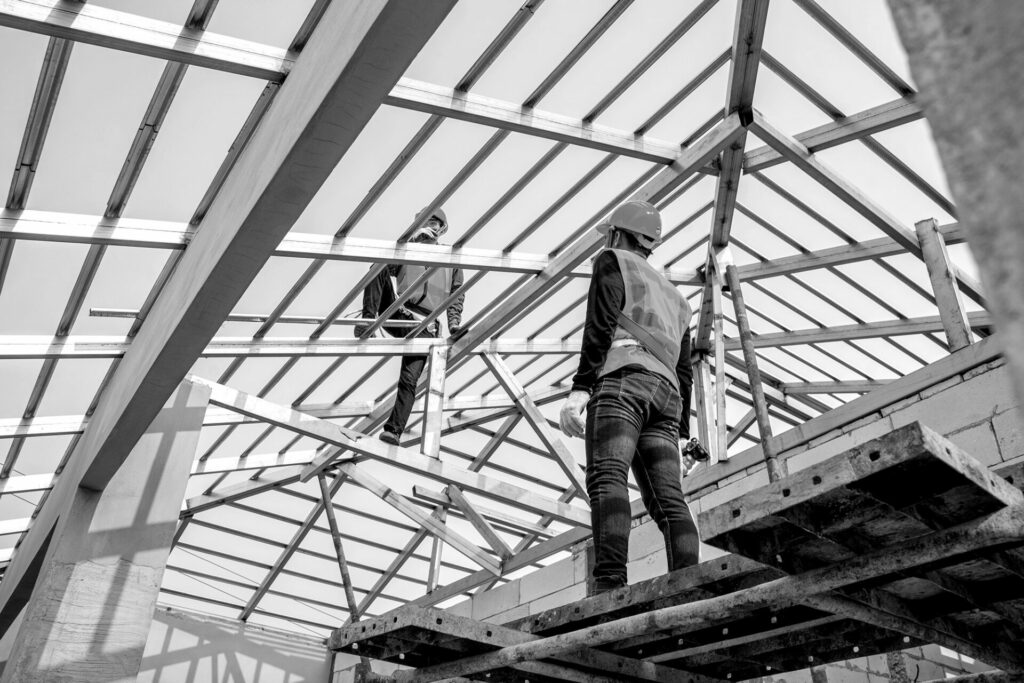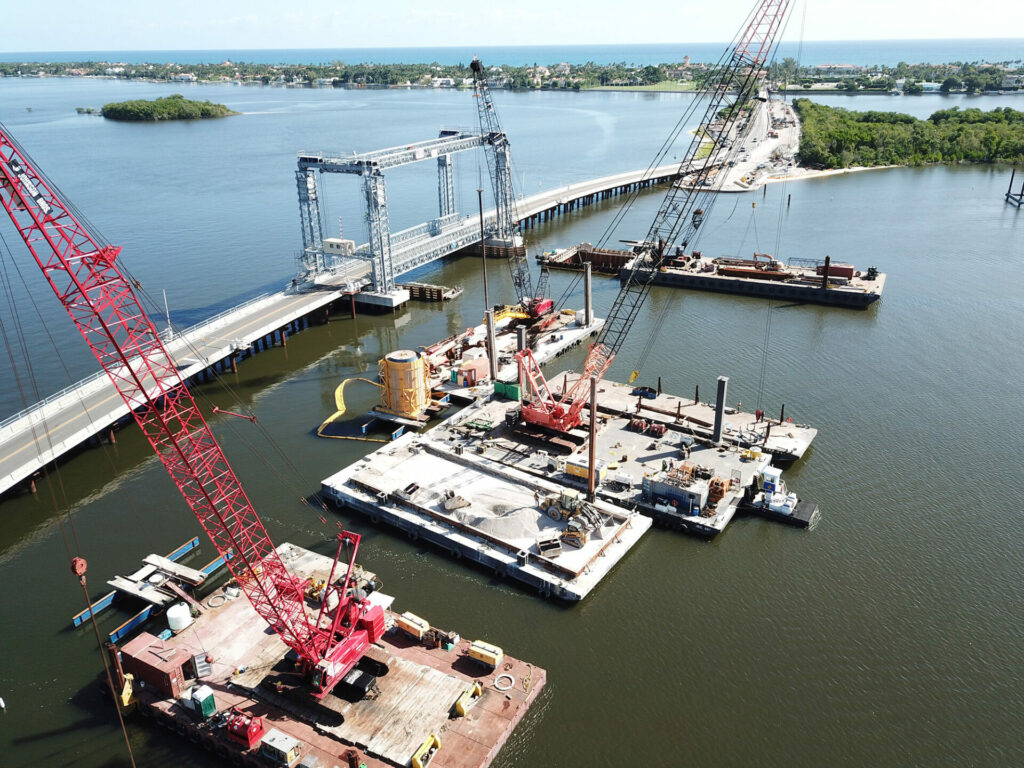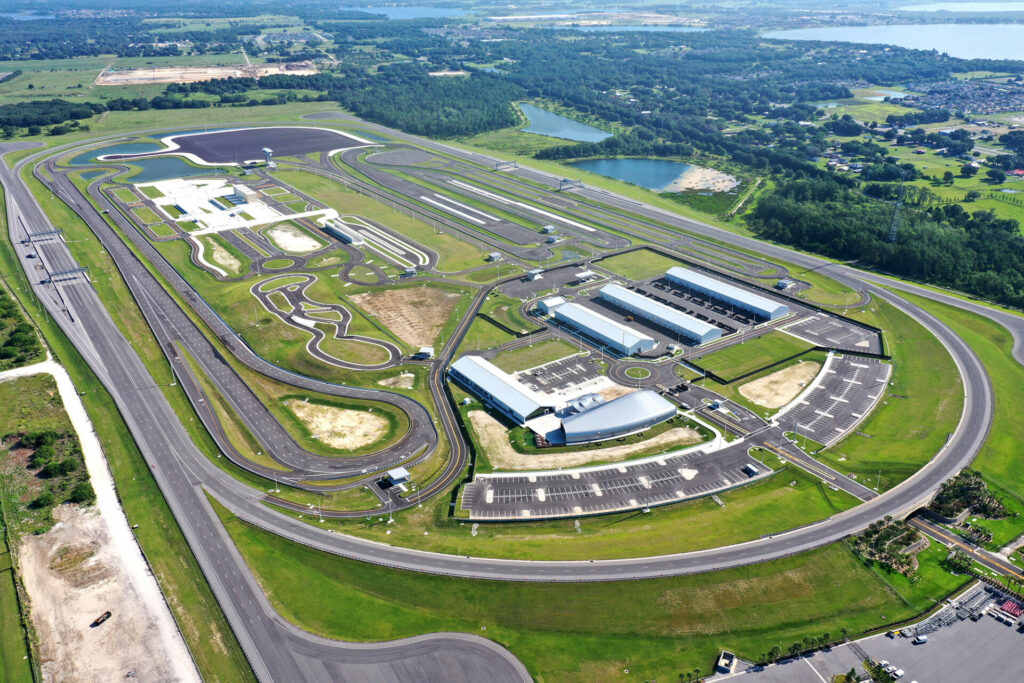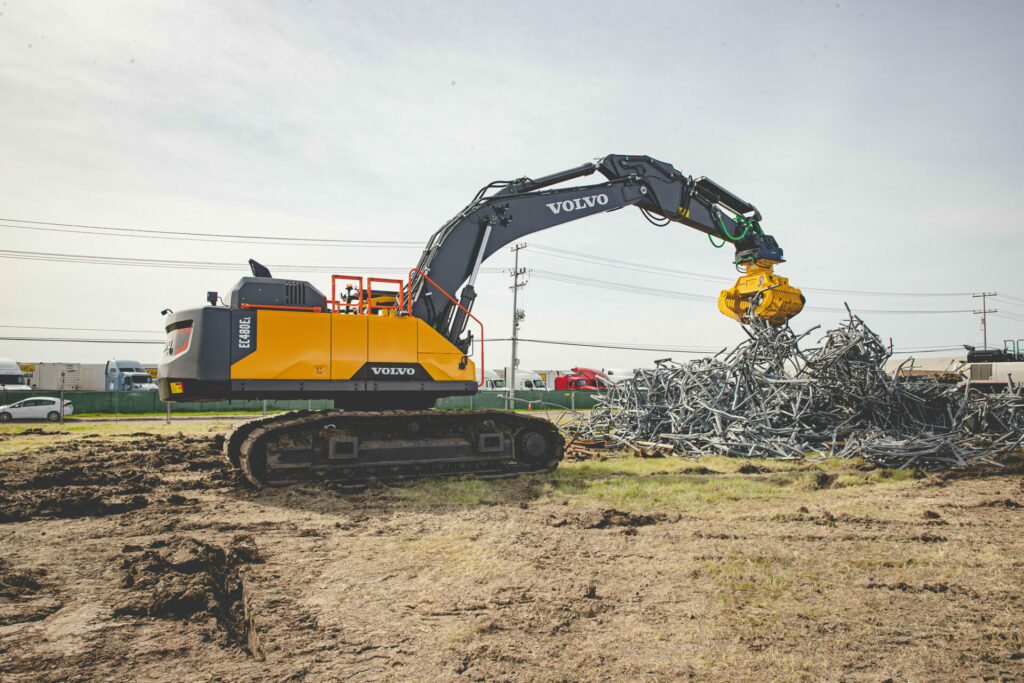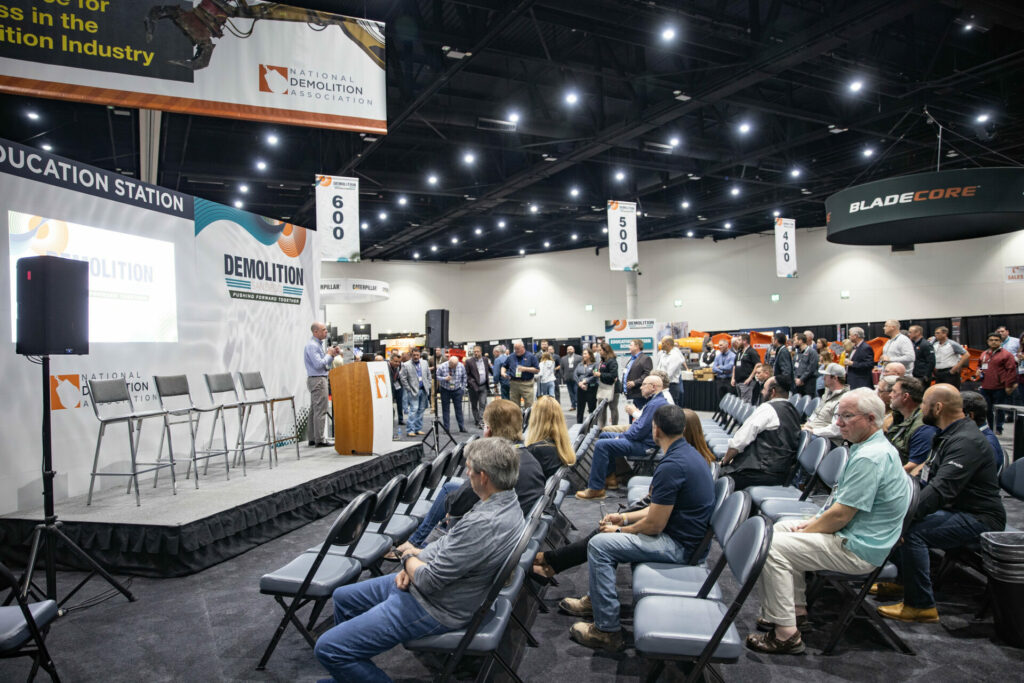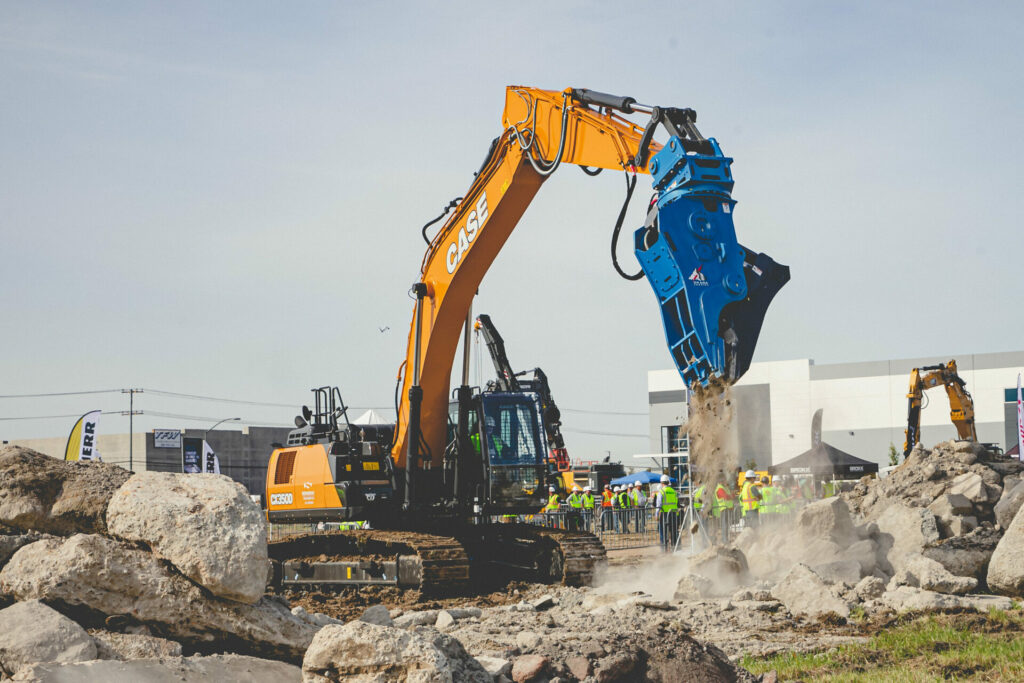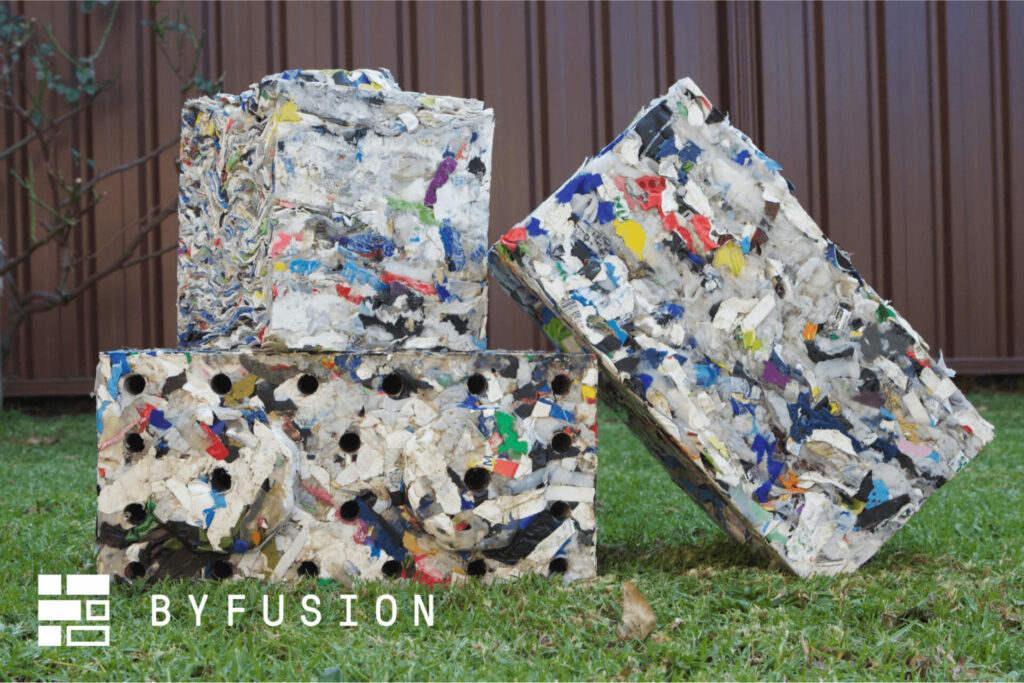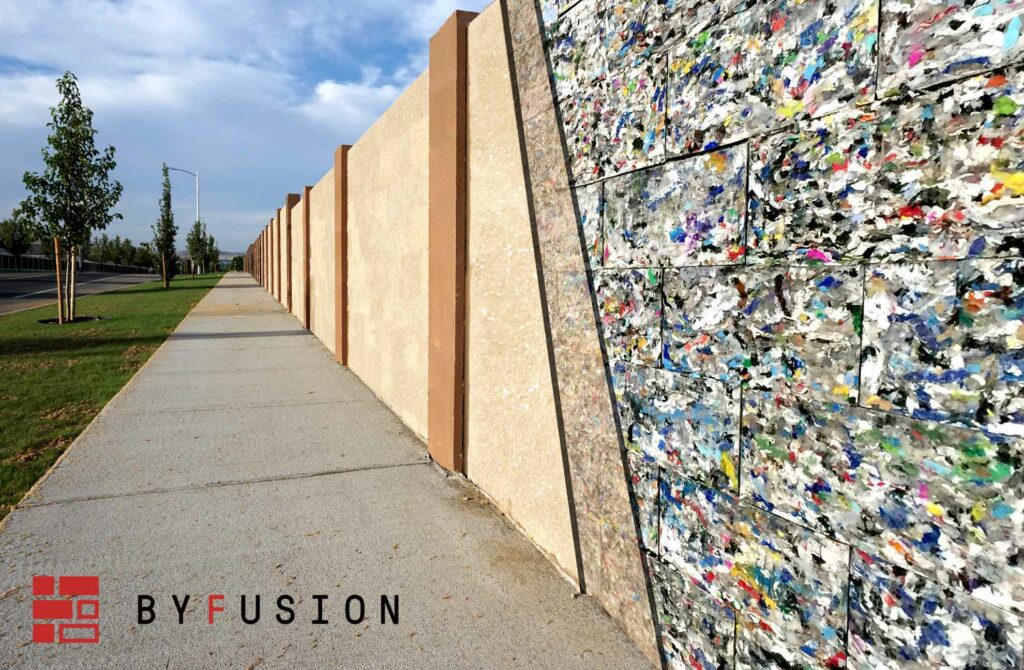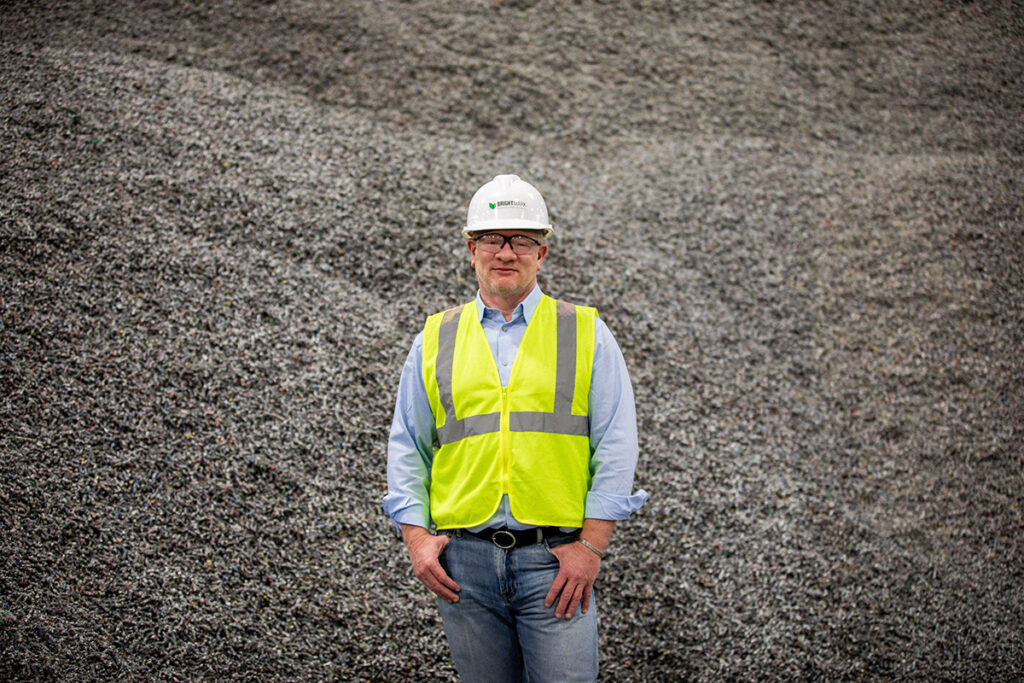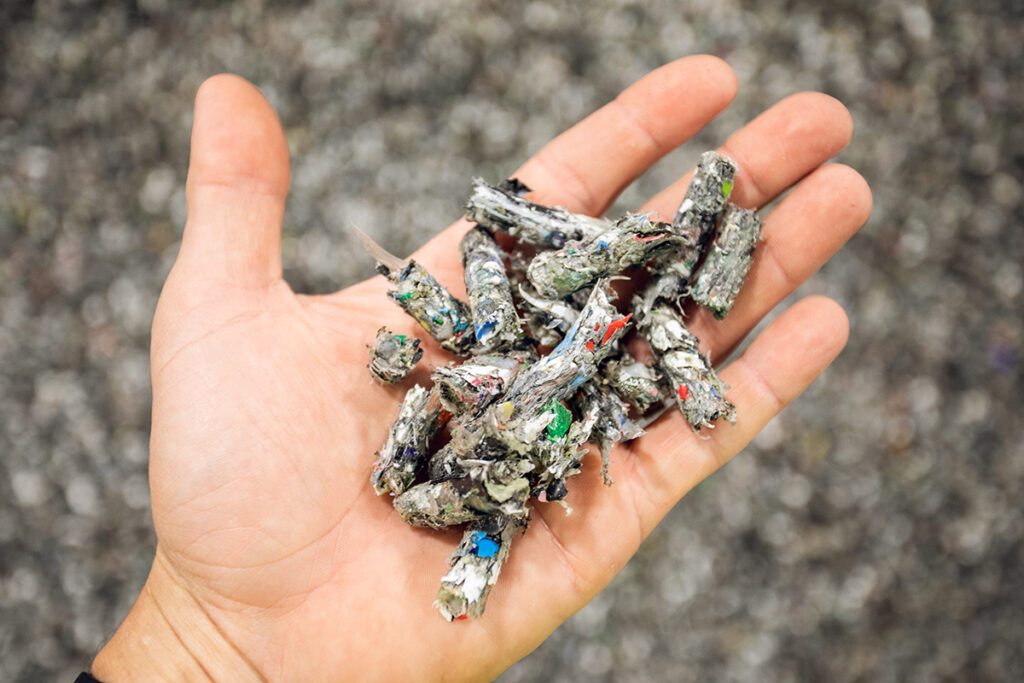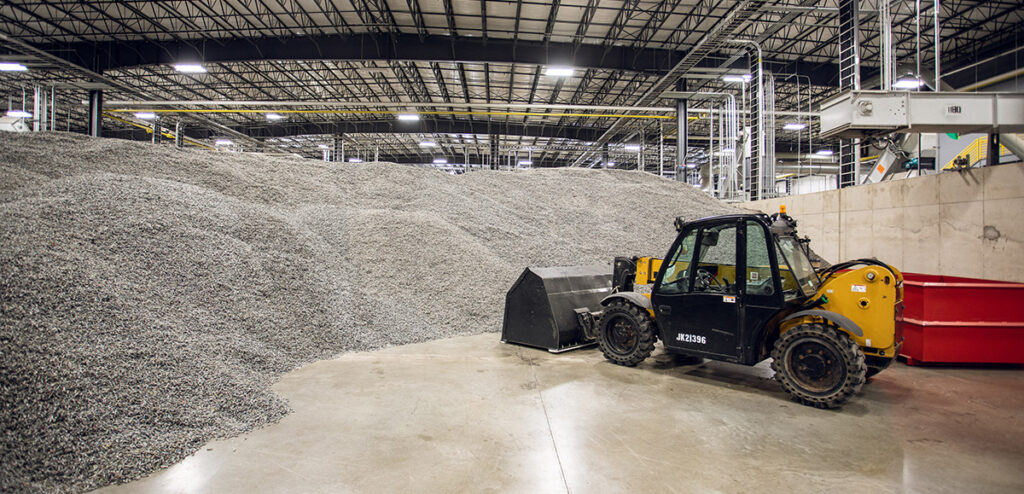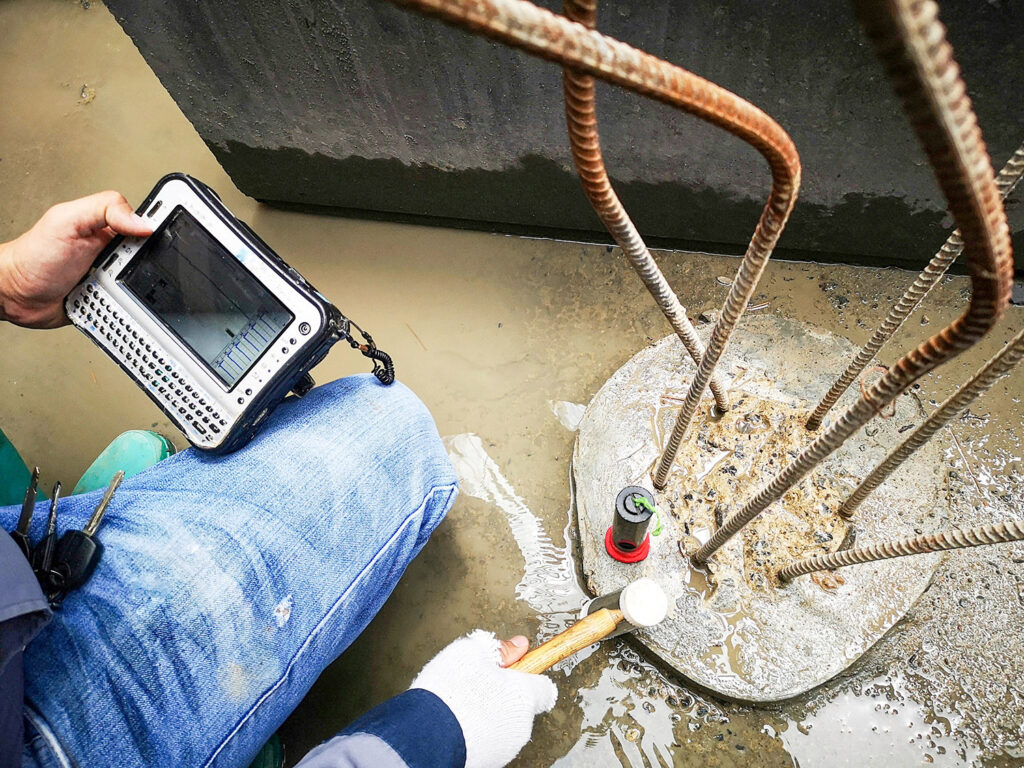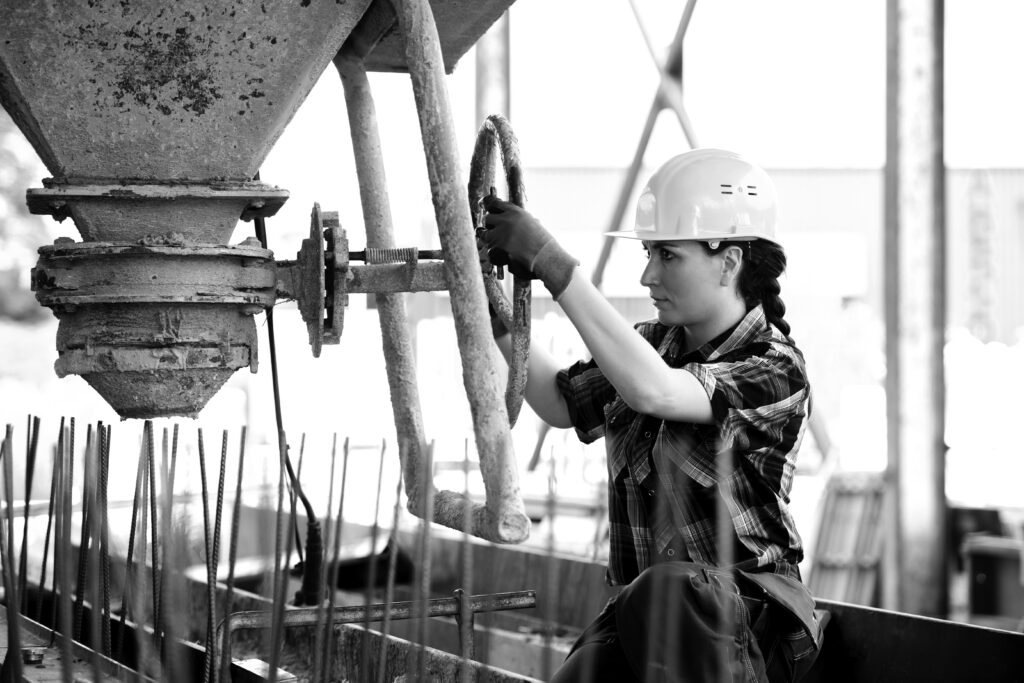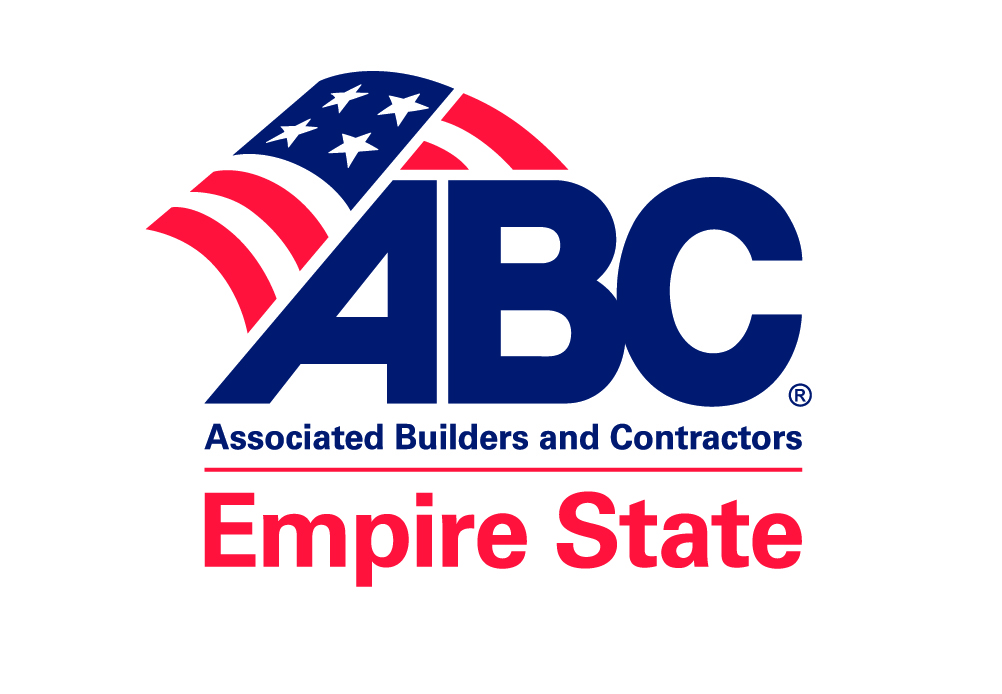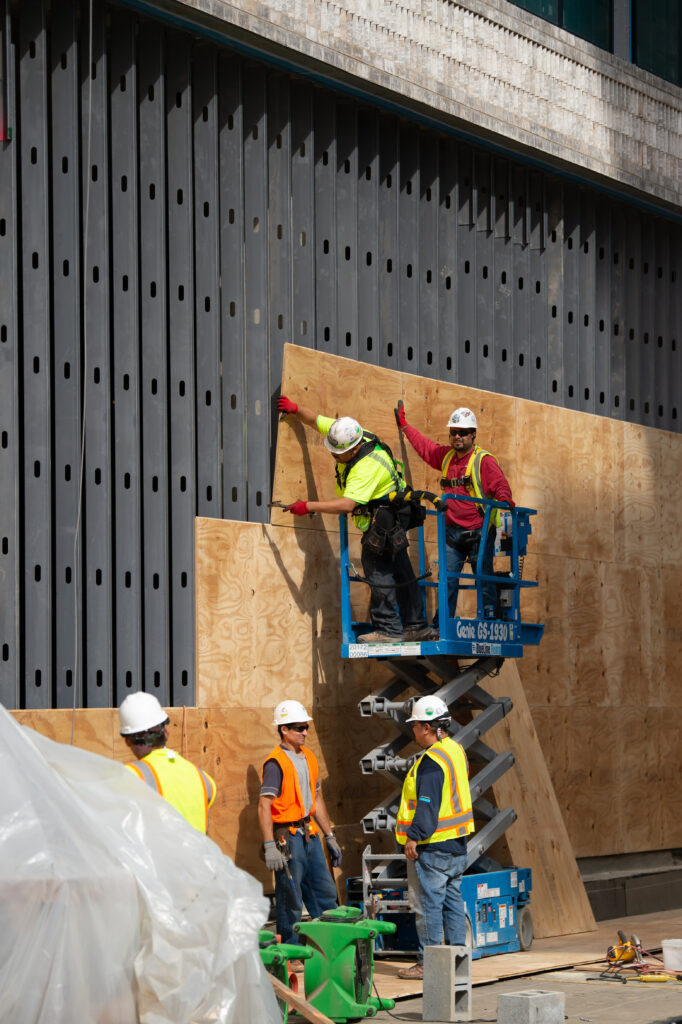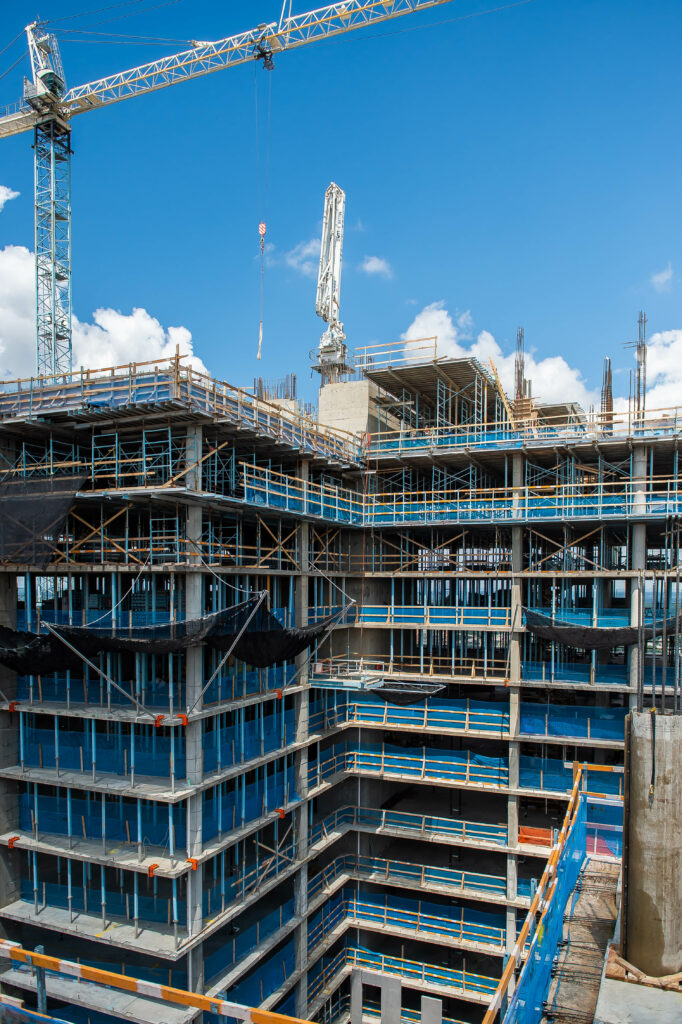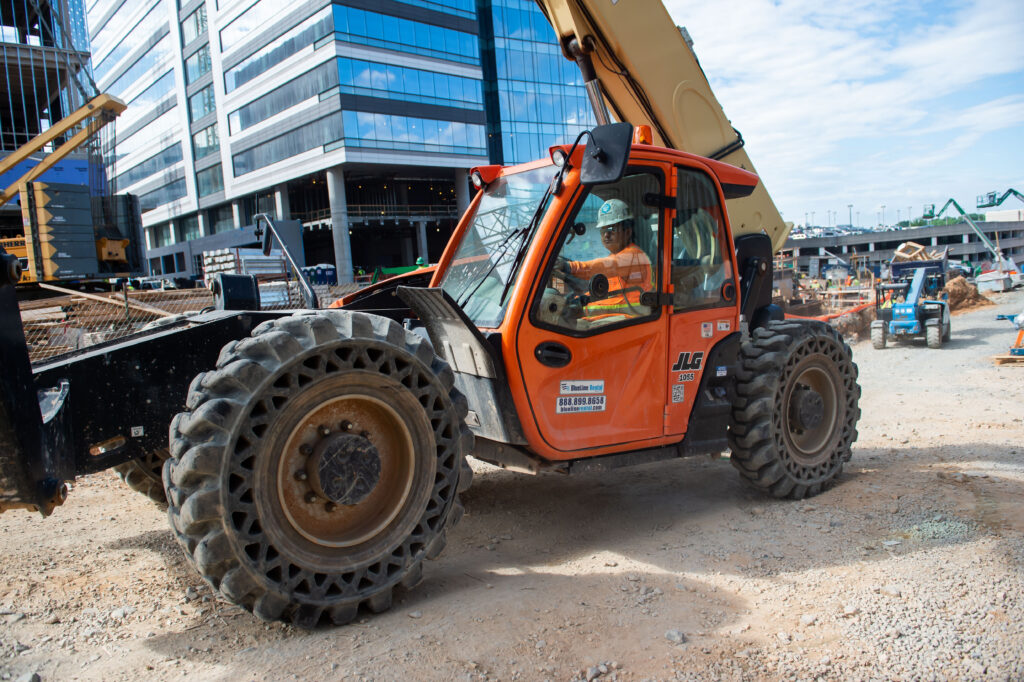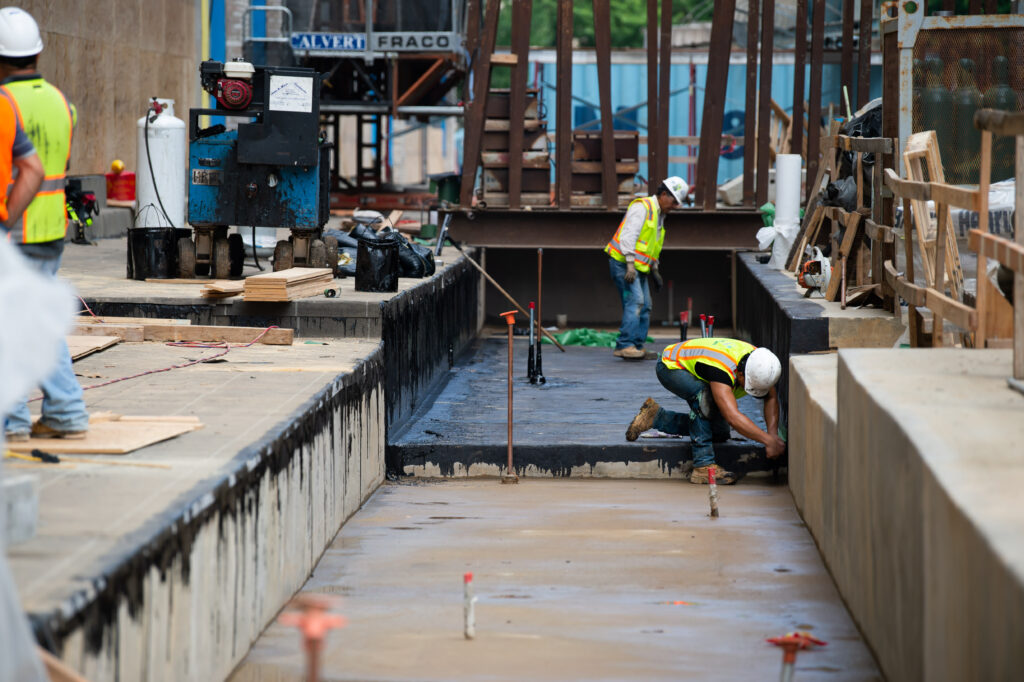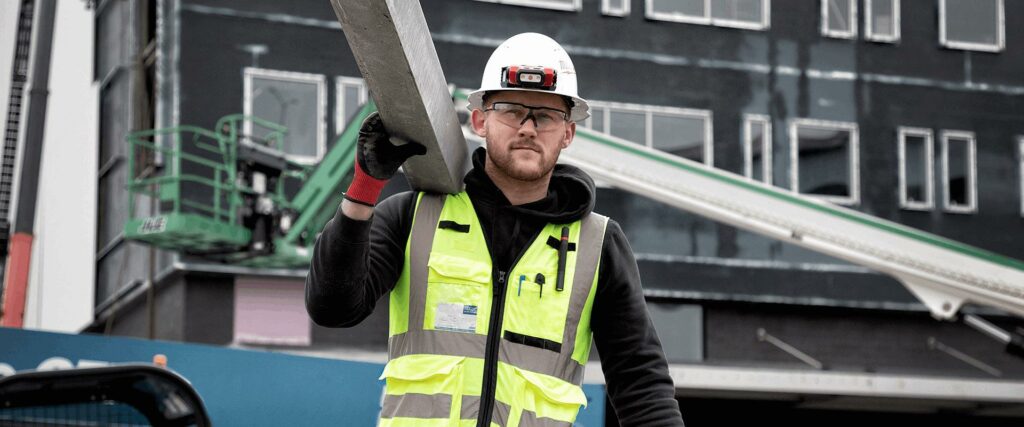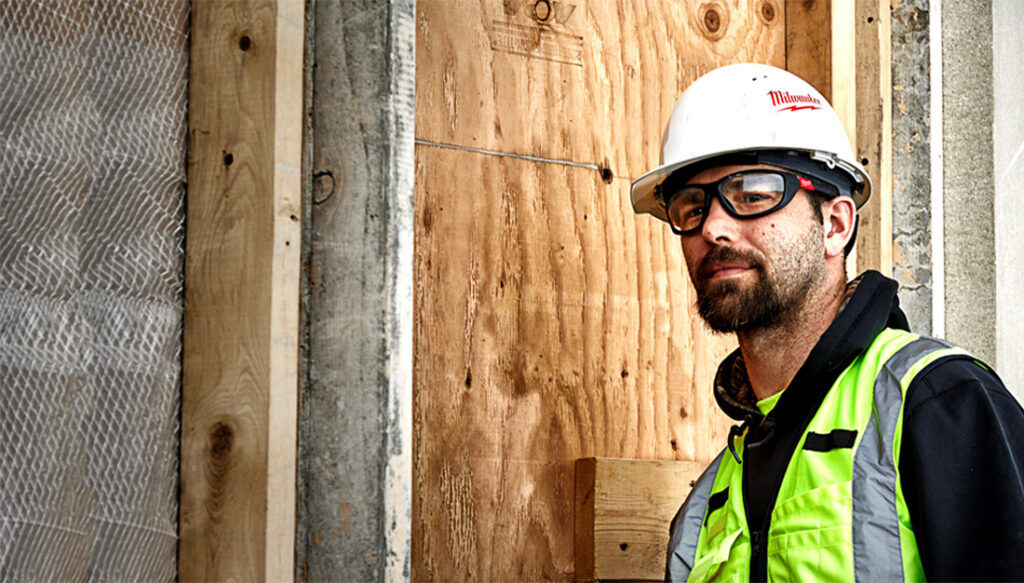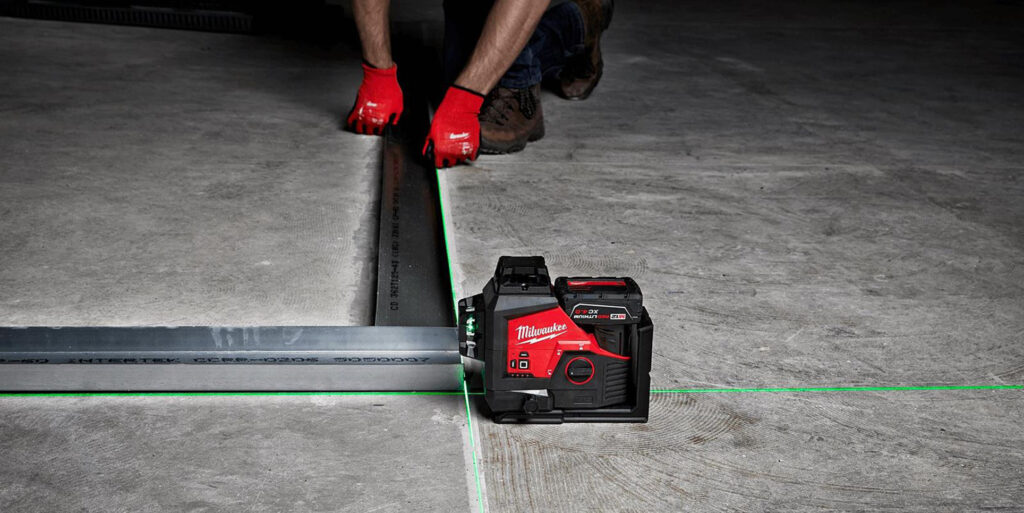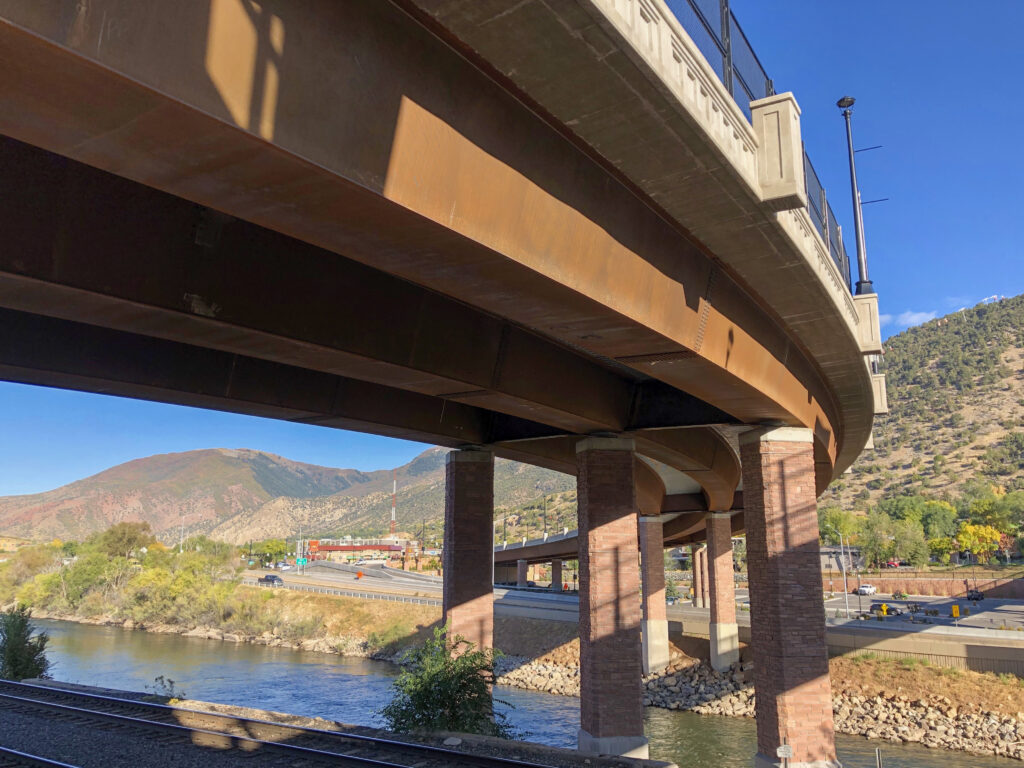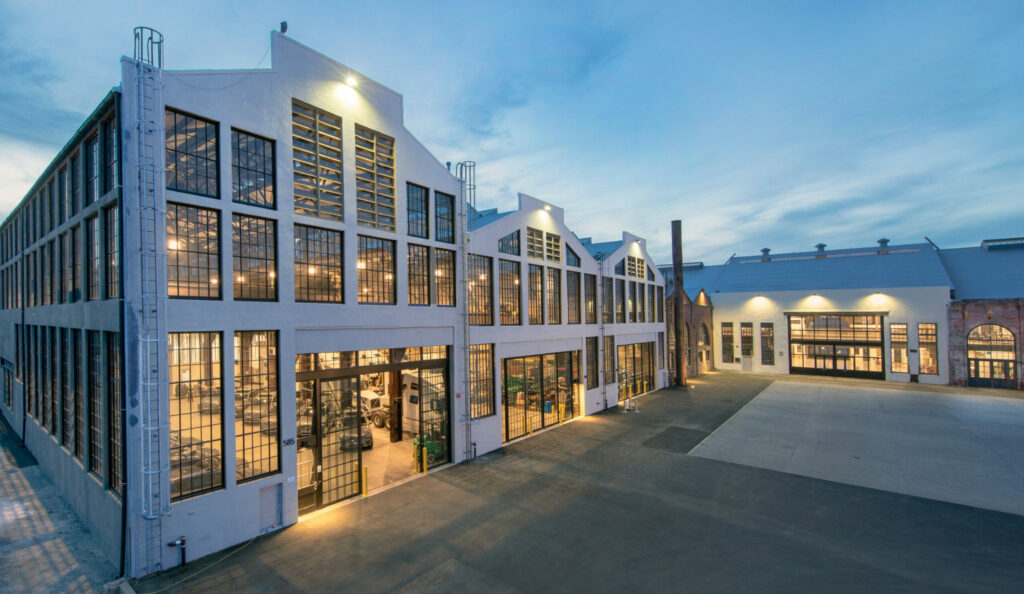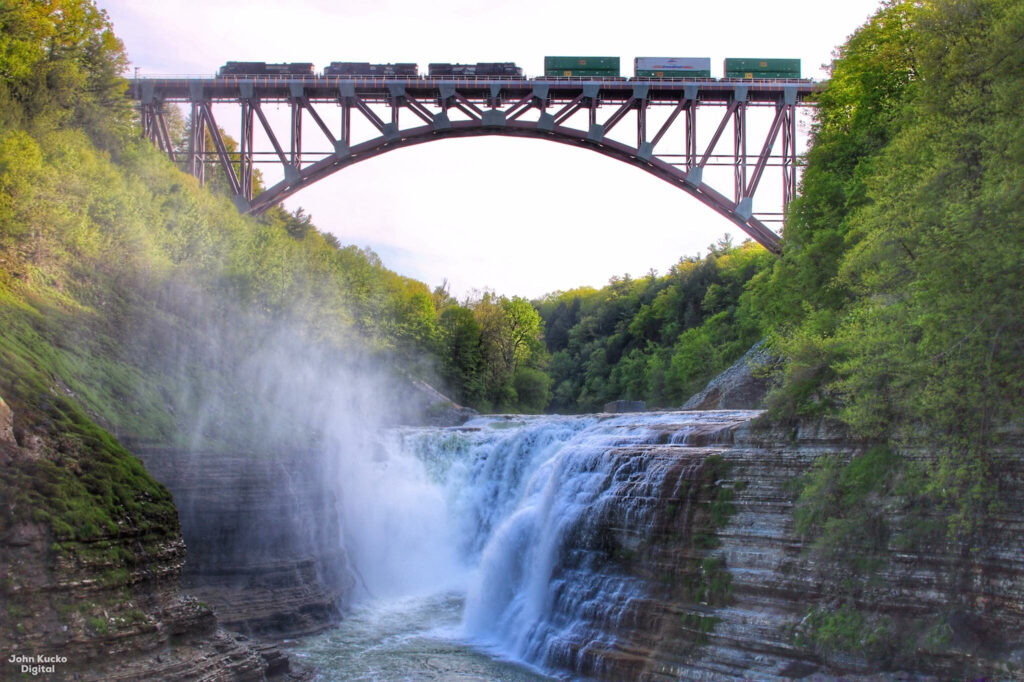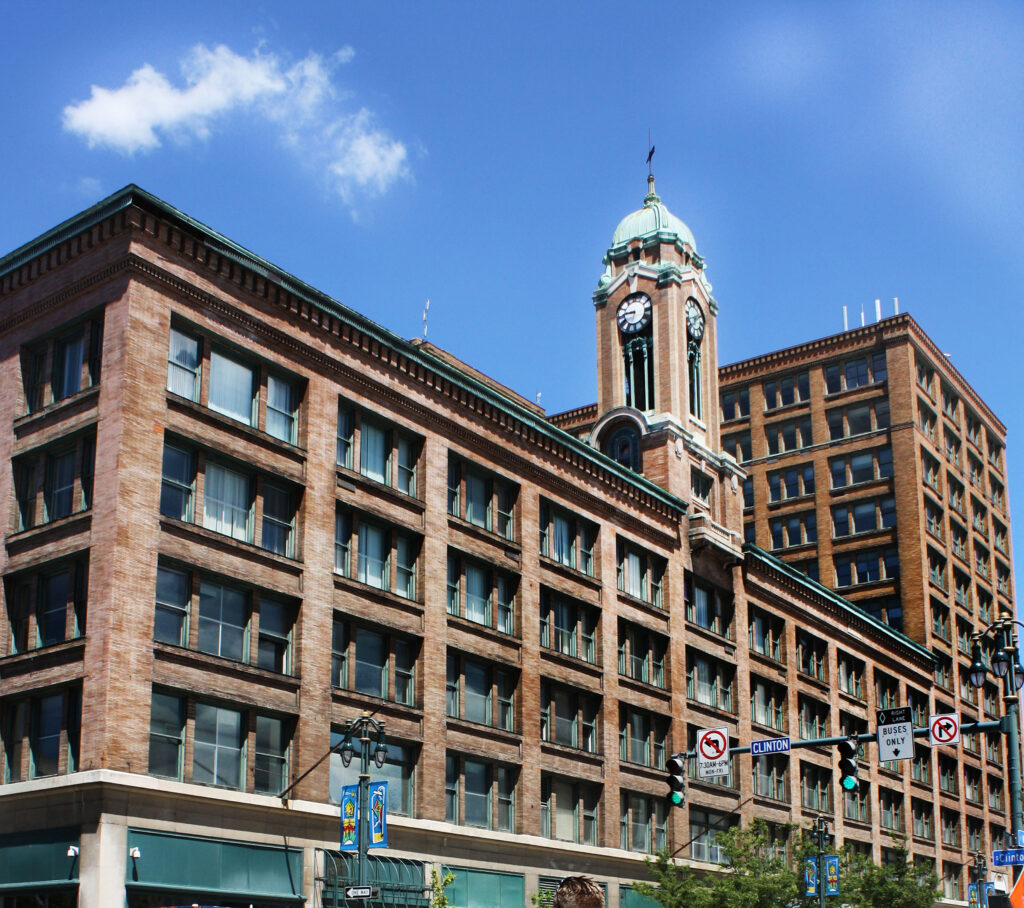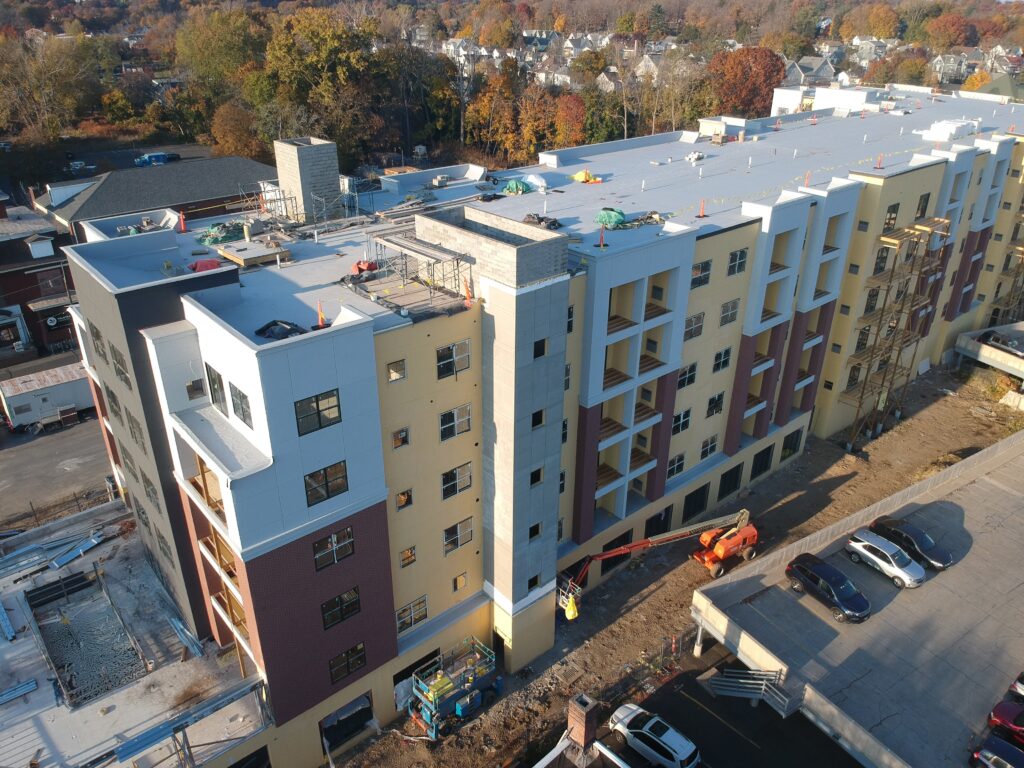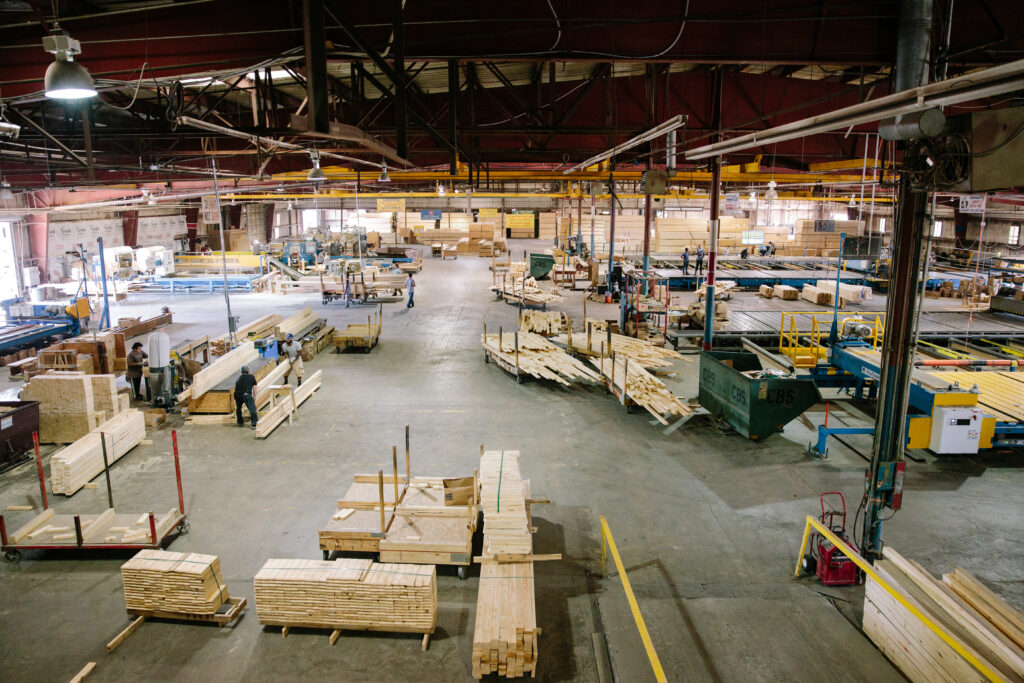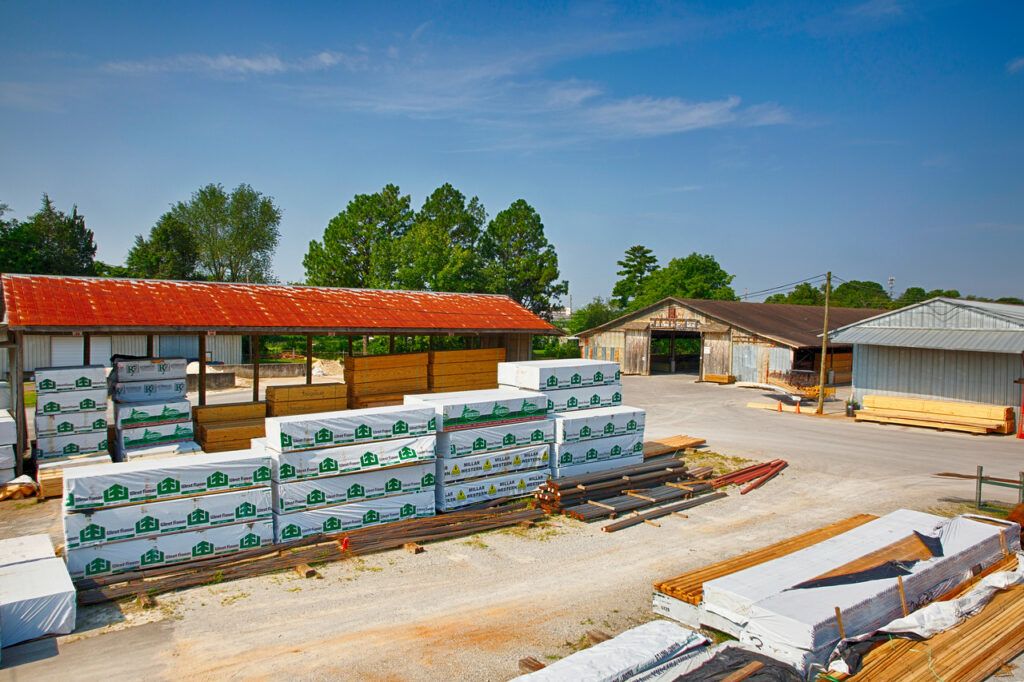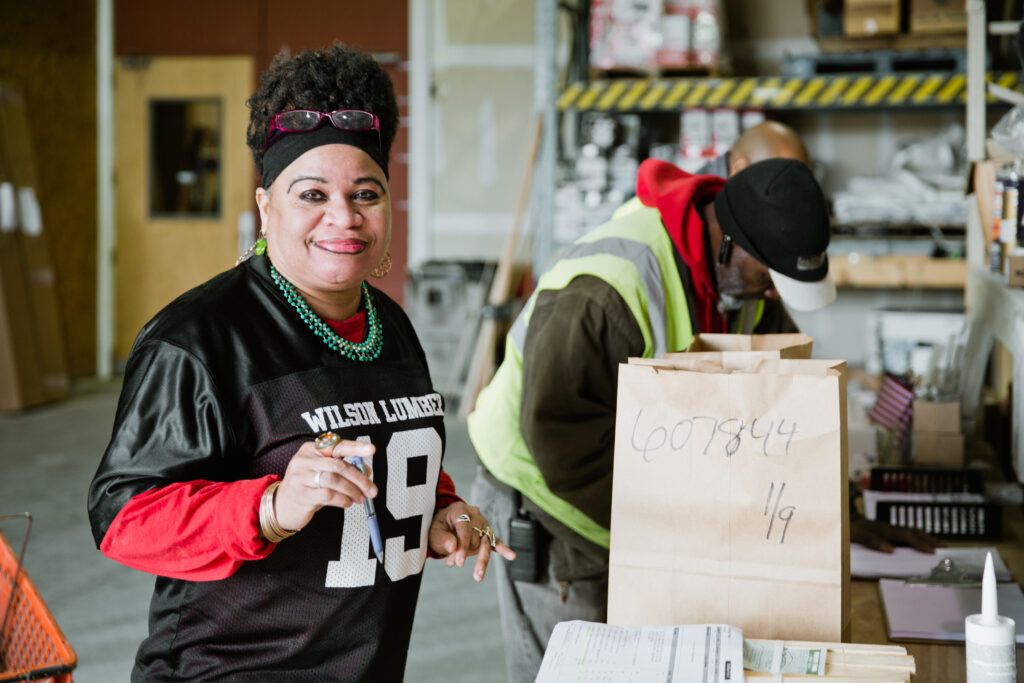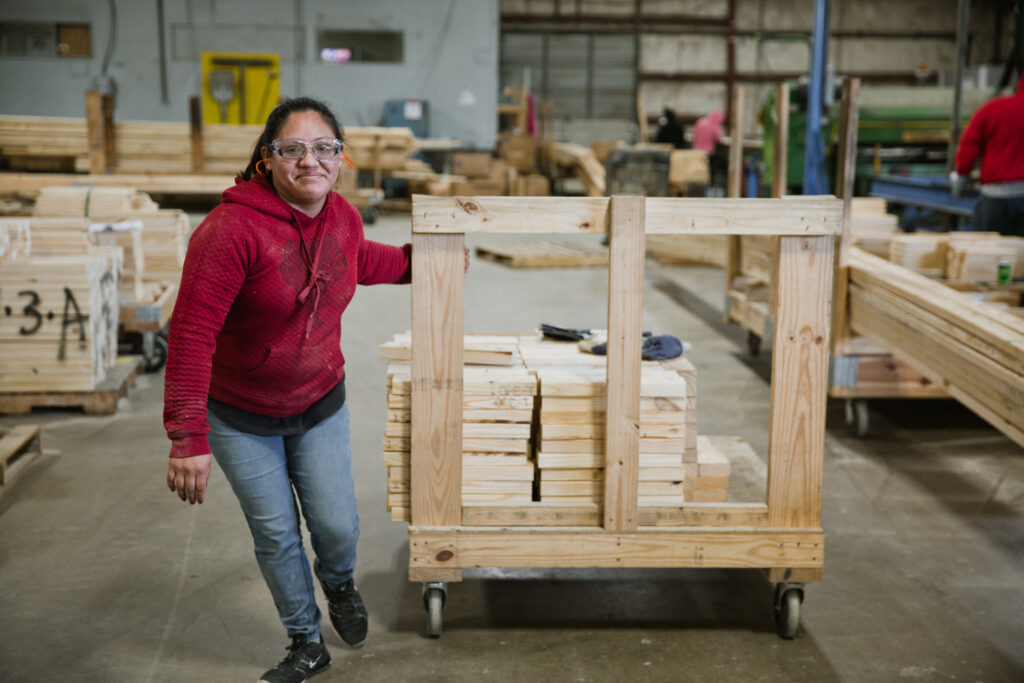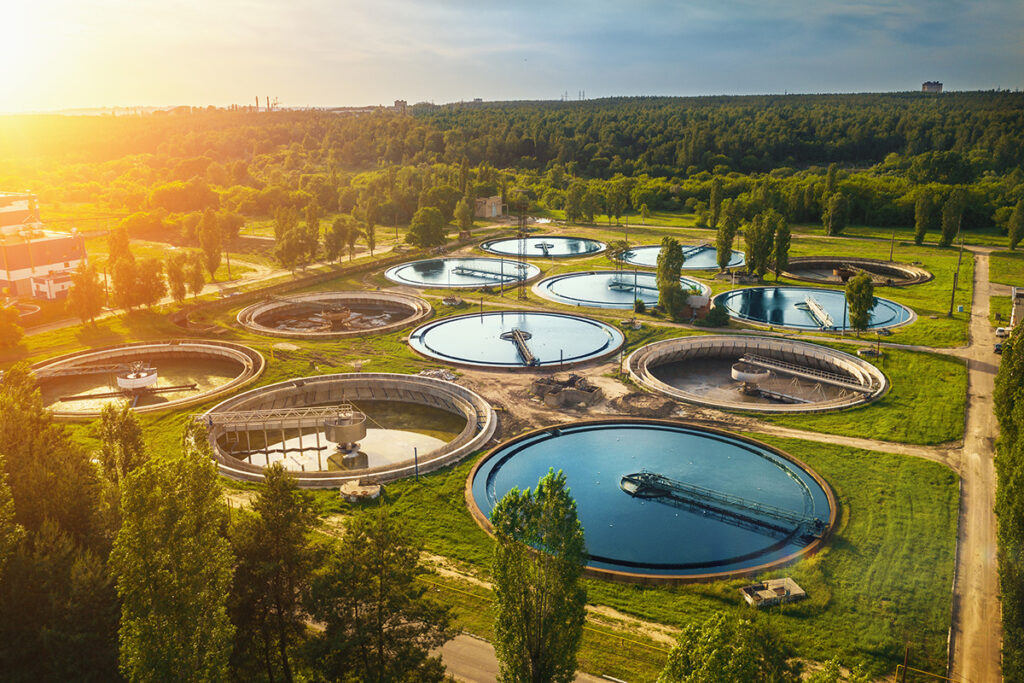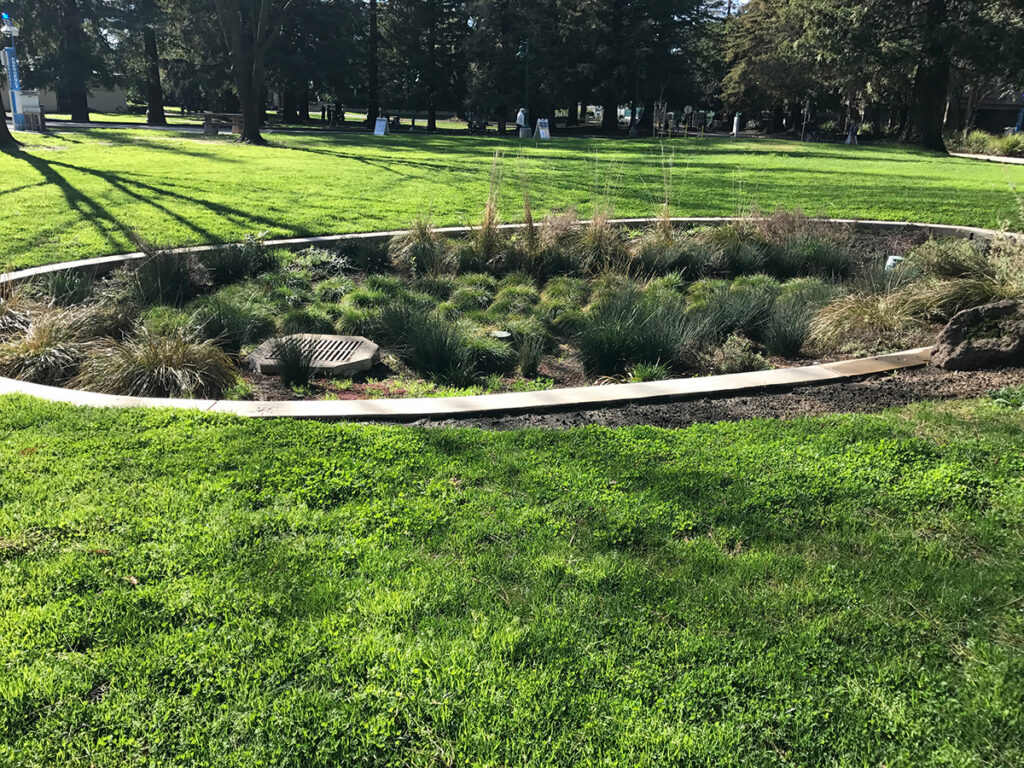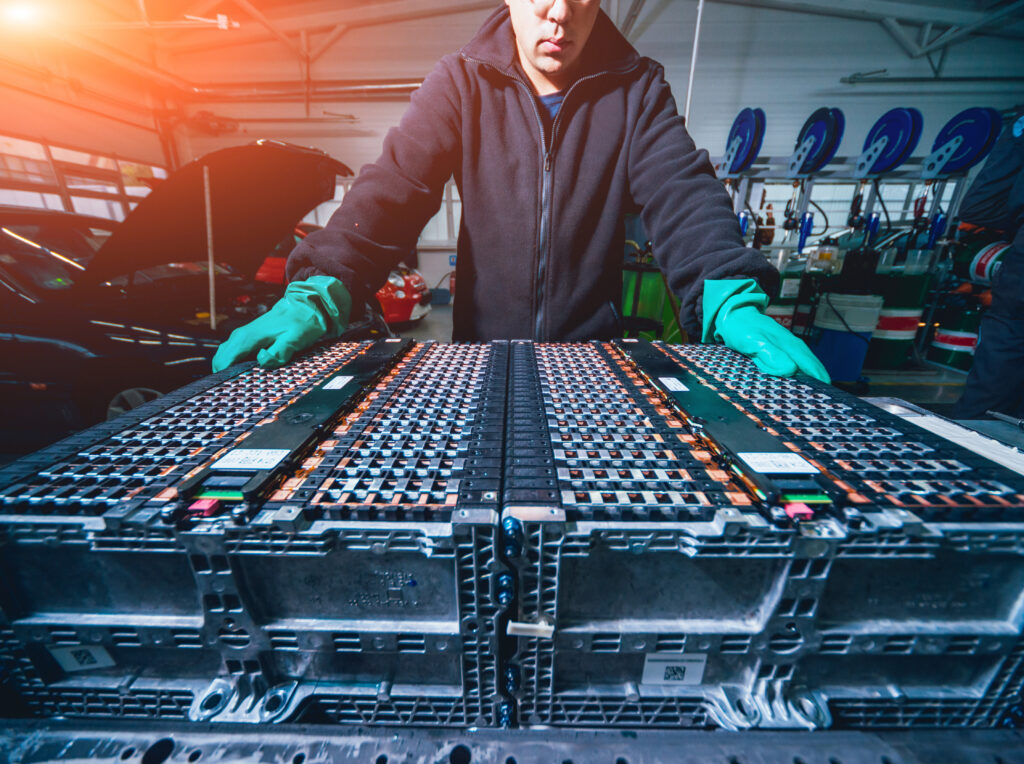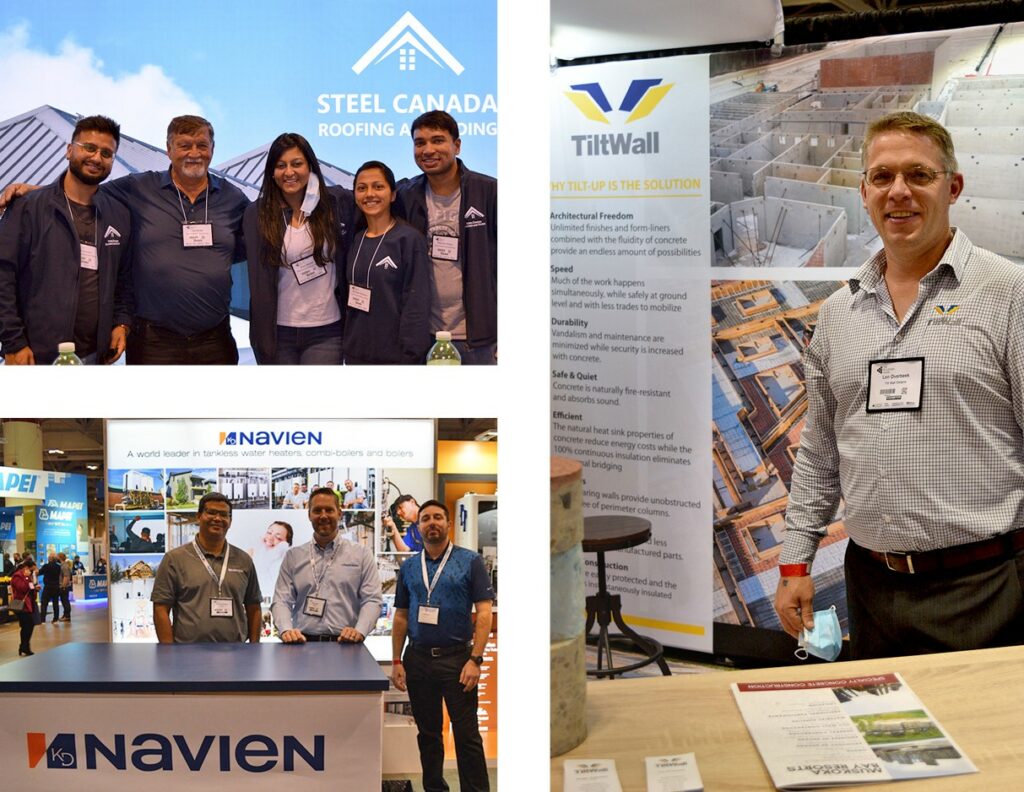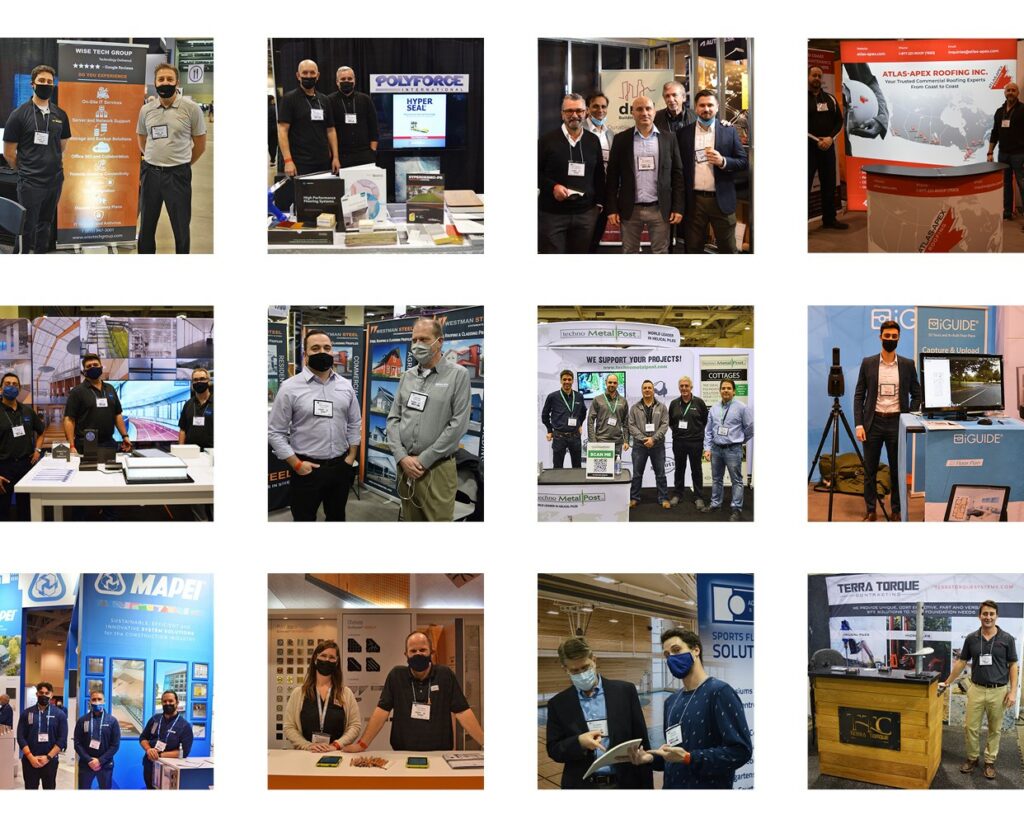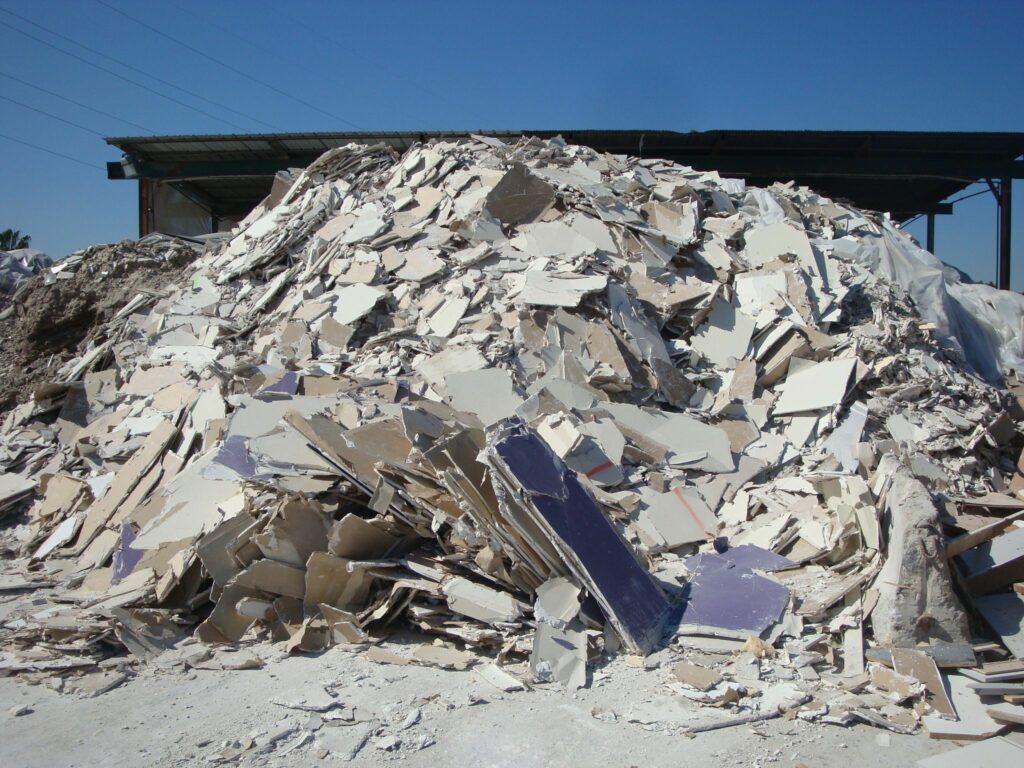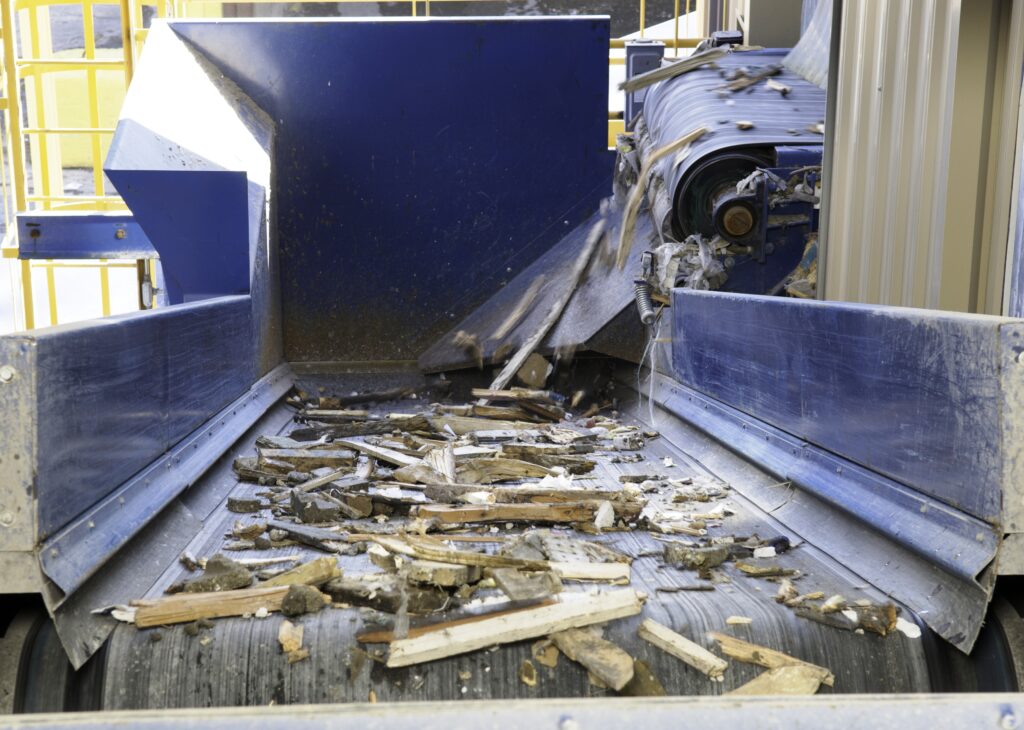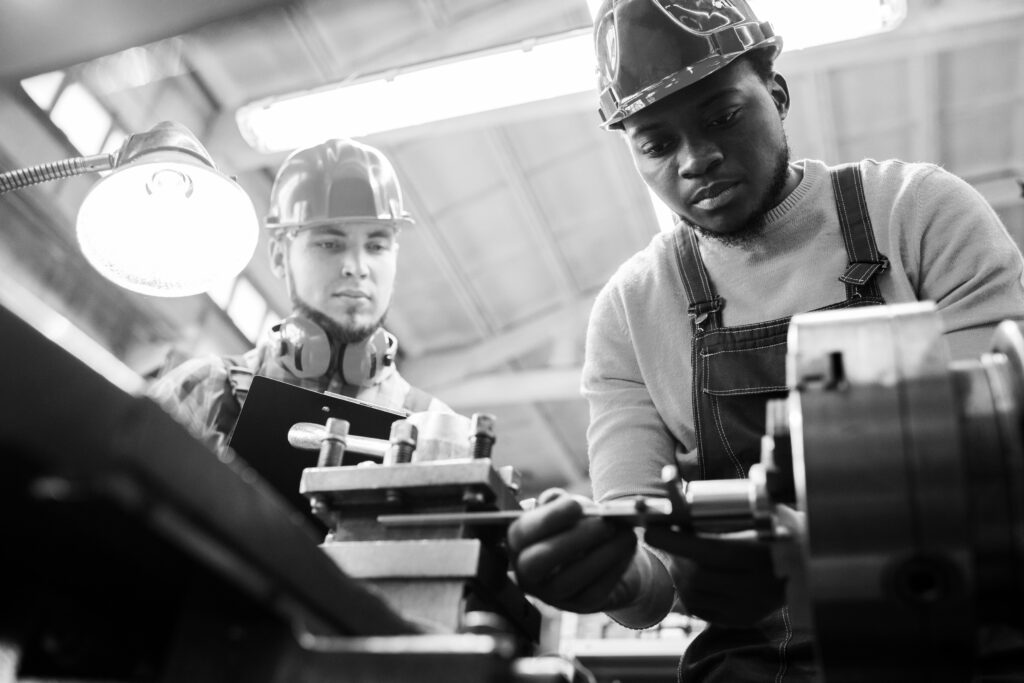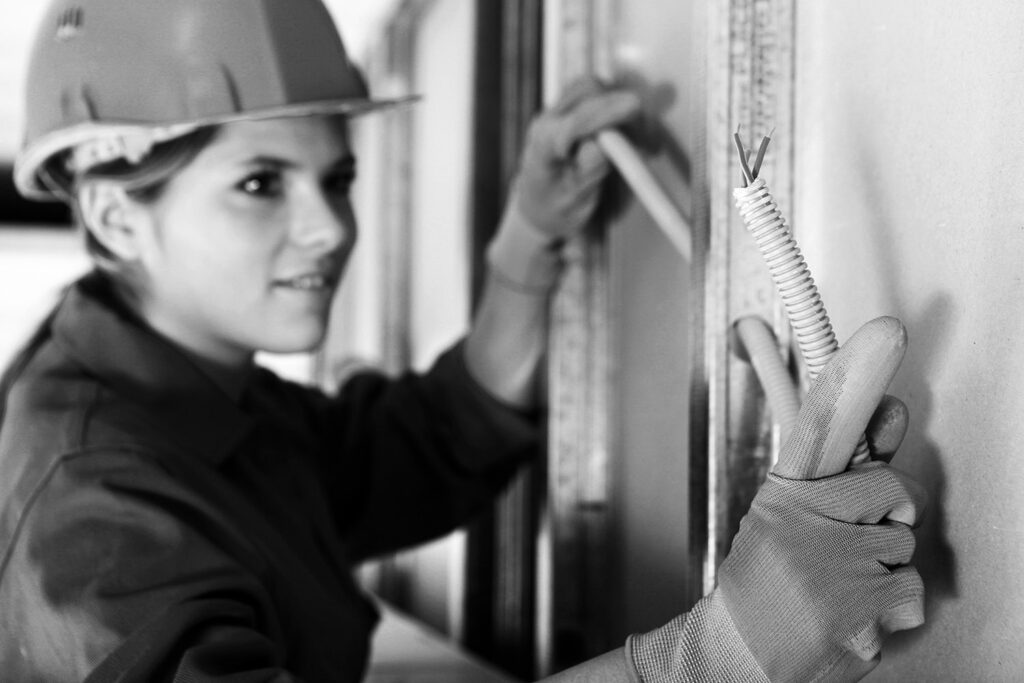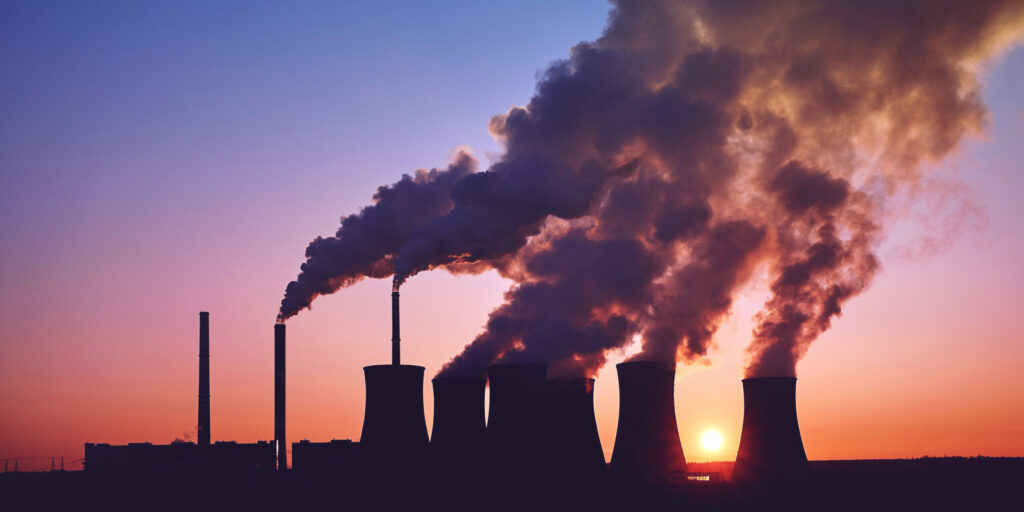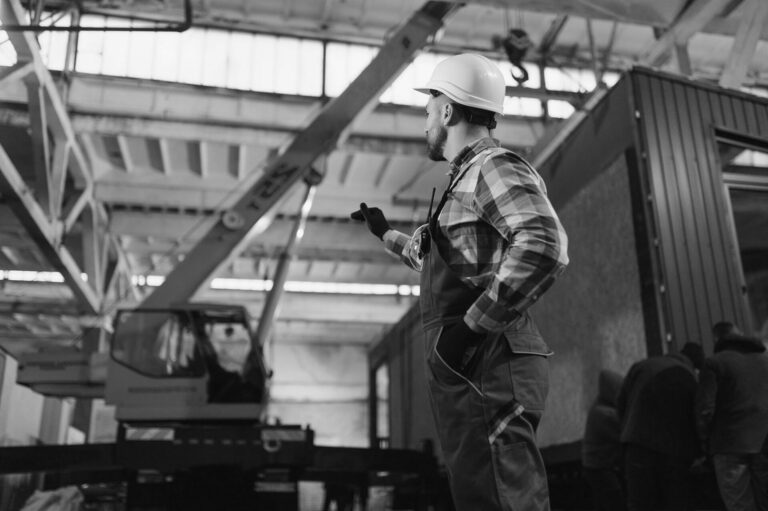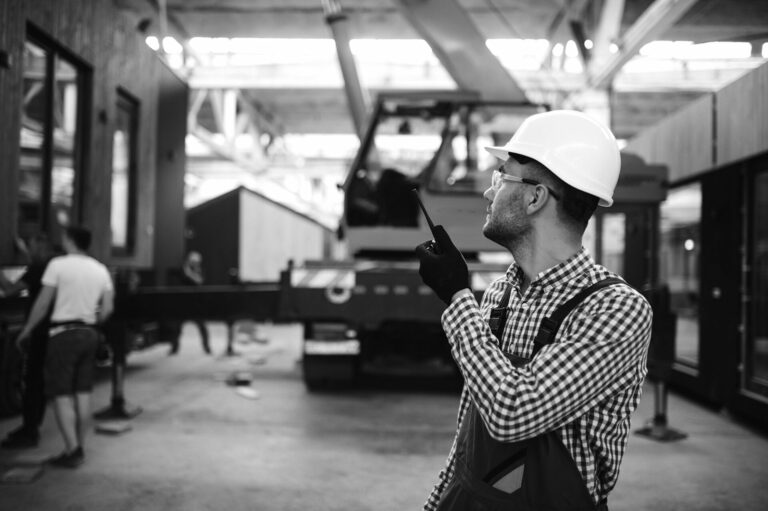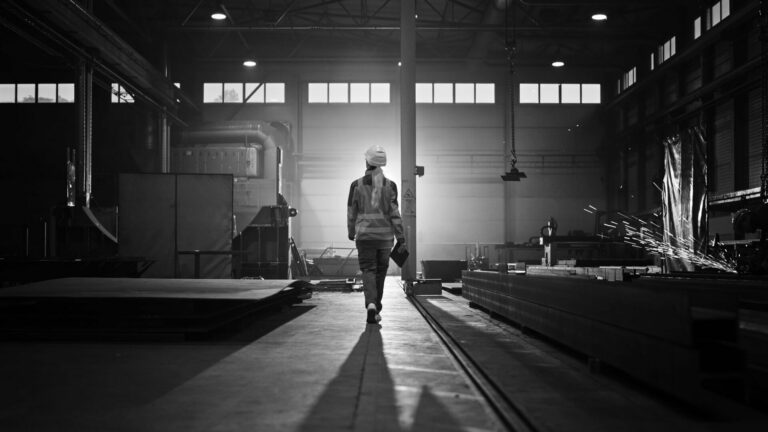When it comes to essential materials in the construction industry, a number of them come to mind. Concrete and its myriad uses, for starters. In addition to this, stone, sand, and metal in their various iterations are never too far away from a job site. Building materials such as these have supported the industry at every juncture and are synonymous with construction. However, there is another material that may not be one that automatically comes to mind. Despite its subtle input in the construction world, it deserves its place at the table. Glass has been an essential material in the construction industry for centuries. Its combination of versatility and durability make it a material found across multiple sectors. In addition to the innovative design solutions and sustainable building practices, it is a key aspect of modern architecture. The material can be found in windows, doors, facades, partitions, skylights, and numerous other applications in the construction industry.
One key aspect of glass is that, due to its durable nature, it can withstand harsh weather conditions while still maintaining an aesthetic appeal. Coupled with its resistance to corrosion, chemical damage, and UV radiation, it is clear why the material has become a key aspect in the ongoing search for more sustainable construction practices and materials. However, while all this may be true, it does not tell the full picture. Glass, along with its many positives, is not perfect. In fact, while it can be seen in many quarters as an environmentally friendly alternative to single-use plastic, glass is equally problematic. Technically yes, it is indeed recyclable, and it is made from mostly natural materials. The simple fact is though, that most of the glass in use today ends up in landfill, where it can last for hundreds of years. With an ever-increasing demand from the construction industry to ensure the highest use of sustainable and recycled materials, the incredible fact that Americans discard over eight million tons of glass each year is deeply concerning. When this is seen in the context of figures from the EPA that less than 30% of glass used in the country is recycled, it is even more so. For a material that is infinitely recyclable without a loss of quality, it seems peculiar that so much of it is wasted. According to Recycle Across America, “More than 28 billion glass bottles and jars end up in landfills every year — that is the equivalent of filling up two Empire State Buildings every three weeks.”
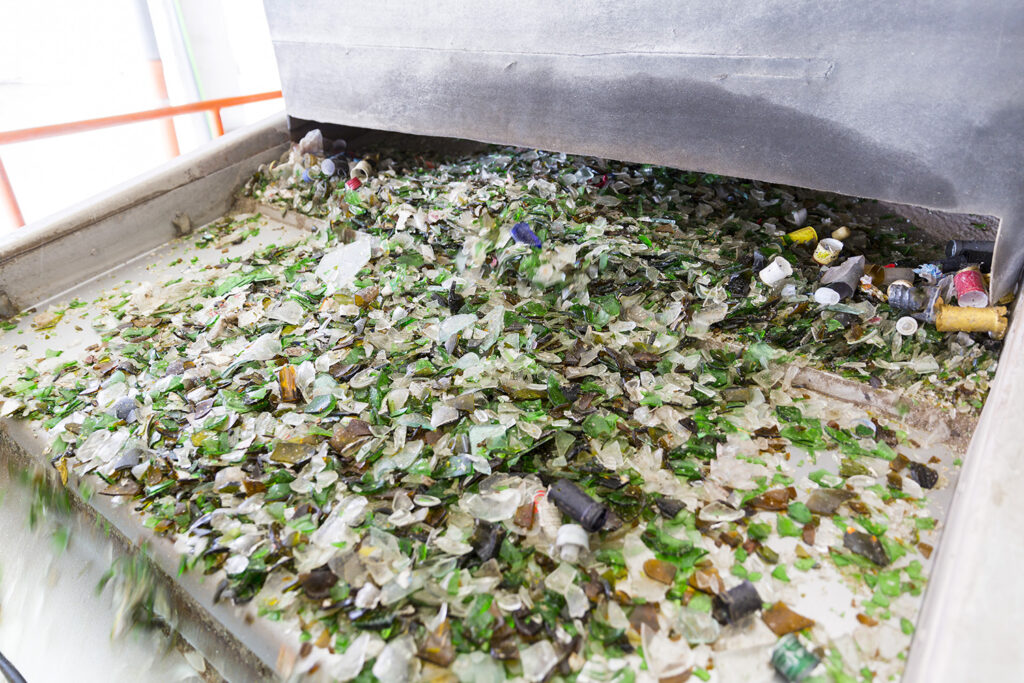
There is news, however, coming from a New Orleans start-up company called Glass Half Full. The company has taken control of things and is working towards using the natural benefits of recycled glass to promote a circular economy. The benefits of this should be of huge interest to those in construction. According to the company, the goal is clear. “We collect NOLA’s glass and recycle it into sand and glass cullet for coastal restoration, disaster relief, eco-construction, new glass products, and much more.” By crushing 100,000 pounds of glass each month, the company works with local businesses to reuse the raw ingredients in innovative ways. From jewelry to landscaping and construction, insulation to water filters, it seems that the sand produced from recycled glass is pure enough to mitigate the need for a material that is already in scarce supply.
“By crushing 100,000 pounds of glass each month, the company works with local businesses to reuse the raw ingredients in innovative ways.”
The process itself, according to Glass Half Full, is quite a simple one. By facilitating the collection and drop-pff of bottles, it is a case of basically, smashing it all up. “We offer multiple free drop-off hubs across the city, where we collect glass “waste” from residents throughout Louisiana. We also offer collection services for residents, businesses, and events spanning several parishes. Once we’ve diverted this glass from the landfill, we sort it by color and remove all plastic and metal components. Having been collected and sorted, we then process the glass by pulverizing it with hammer-mill crushers at our local facility on Louisa St. We sift the crushed product to remove labels and sort the various size distributions. From there, we are left with sand products ranging from super soft, beach-like powder to chunky glass gravel.”
So where does that leave the construction industry? It seems that, when crushed to become sand of various coarseness, the options are almost limitless. Crushed glass can be used as an aggregate in concrete and asphalt, reducing the need for traditional materials like sand, gravel, and crushed stone. The material also has insulating properties, being the primary constituent in glass wool insulation, which is used to insulate walls, roofs, and floors. In addition to all this, recycled glass can be used to create walls, floors, and countertop tiles. Truly, when you scratch the surface, it seems as though recycled glass can occupy a much wider space within the construction world than previously suspected.

Another, possibly more vital aspect to the work being done by Glass Half Full is the positive effect this will have on eco-systems and coastlines. Sand is a high value product. Its use in concrete and auxiliary construction processes cannot be overstated and the over-extraction of sand from local waters is an ongoing issue for conservationists. The impact of this has led to a global crisis. “We are currently facing a global sand shortage as this natural resource is depleted at an alarming rate. With the sand we create, we aim to provide a sustainable alternative to exploitative sand extraction techniques like dredging and mining, which disrupt local ecosystems, contribute to the coastal erosion crisis, and costs millions of dollars annually. Restoring Louisiana’s diminishing coast will require hundreds of thousands of cubic yards of sand, further intensifying coastal erosion if this sand is dredged and sucked from the bottom of our waterways. Our recycled glass sand can rebuild entire coastlines at a fraction of the price.”
Glass may well have a complex relationship with the construction industry. Its benefits are enormous, yet it doesn’t get the credit it deserves. All the while, the extraction of the material has catastrophic effects on coastlines and eco-systems. Yet, the work being achieved by Glass Half Full gives a window into the potential benefits of a re-think. The growth it has experienced in such a short time is an indicator that there is an appetite for this. Glass is famed for its transparency, maybe the industry could do with looking at it a bit harder. “We launched Glass Half Full in a backyard. We began collecting and hand-crushing our friends’ glass with no real expectation for what this project would become. As word spread, participation and support grew, and soon we obtained the resources to move to a location uptown. After quickly running out of storage space (a good problem to have, in our opinion!), our supporters rallied to help us expand into a new processing facility on Louisa St, where we would have the ability to scale up our operations and accept more glass. From there, it was history– we are now backed by a growing team of staff, volunteers, and community members who pitch in daily to divert tens of thousands of pounds of glass from NOLA’s landfills every single week.”


